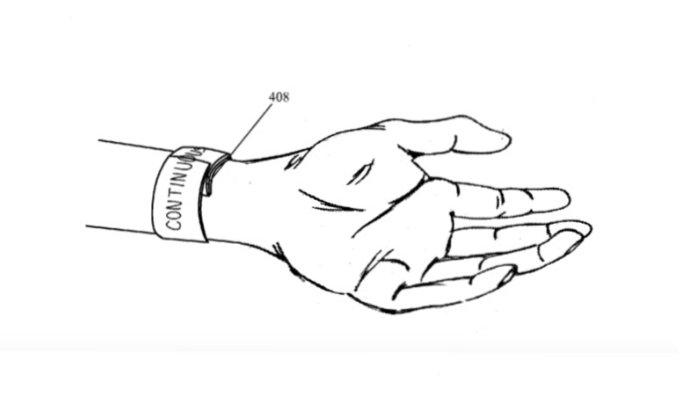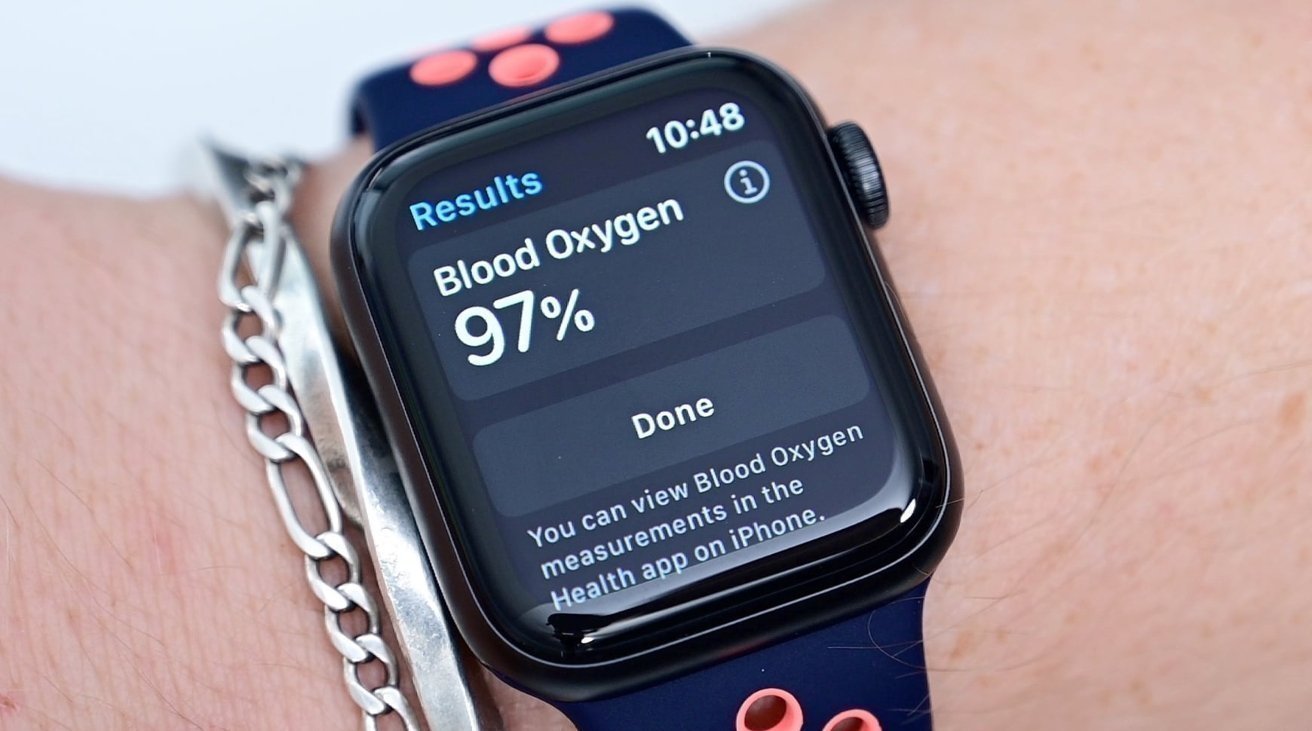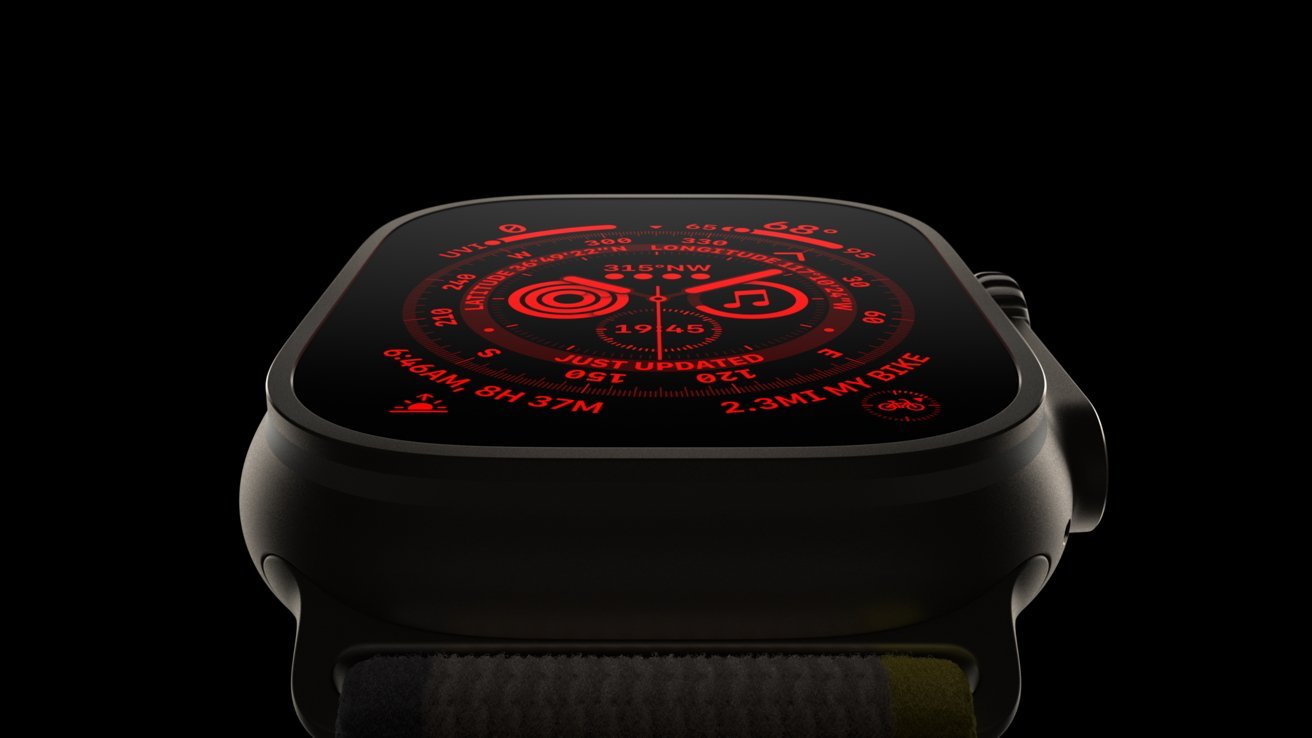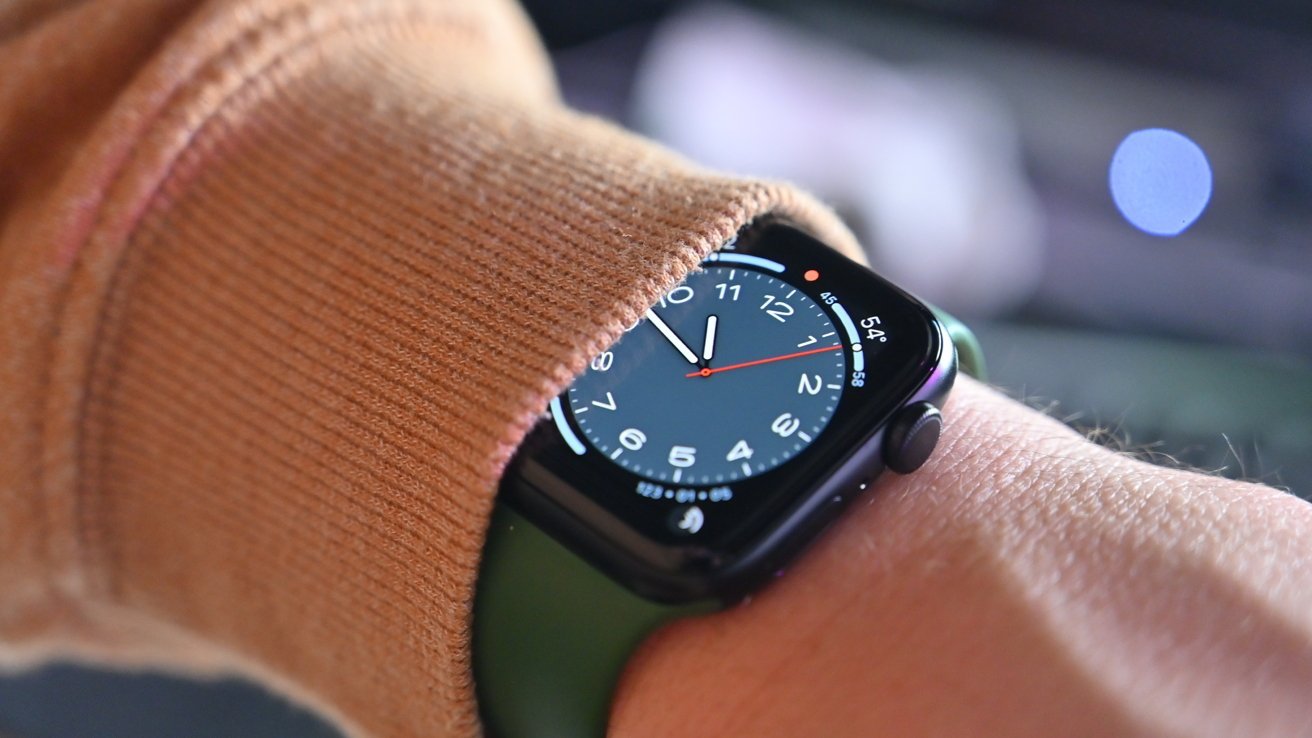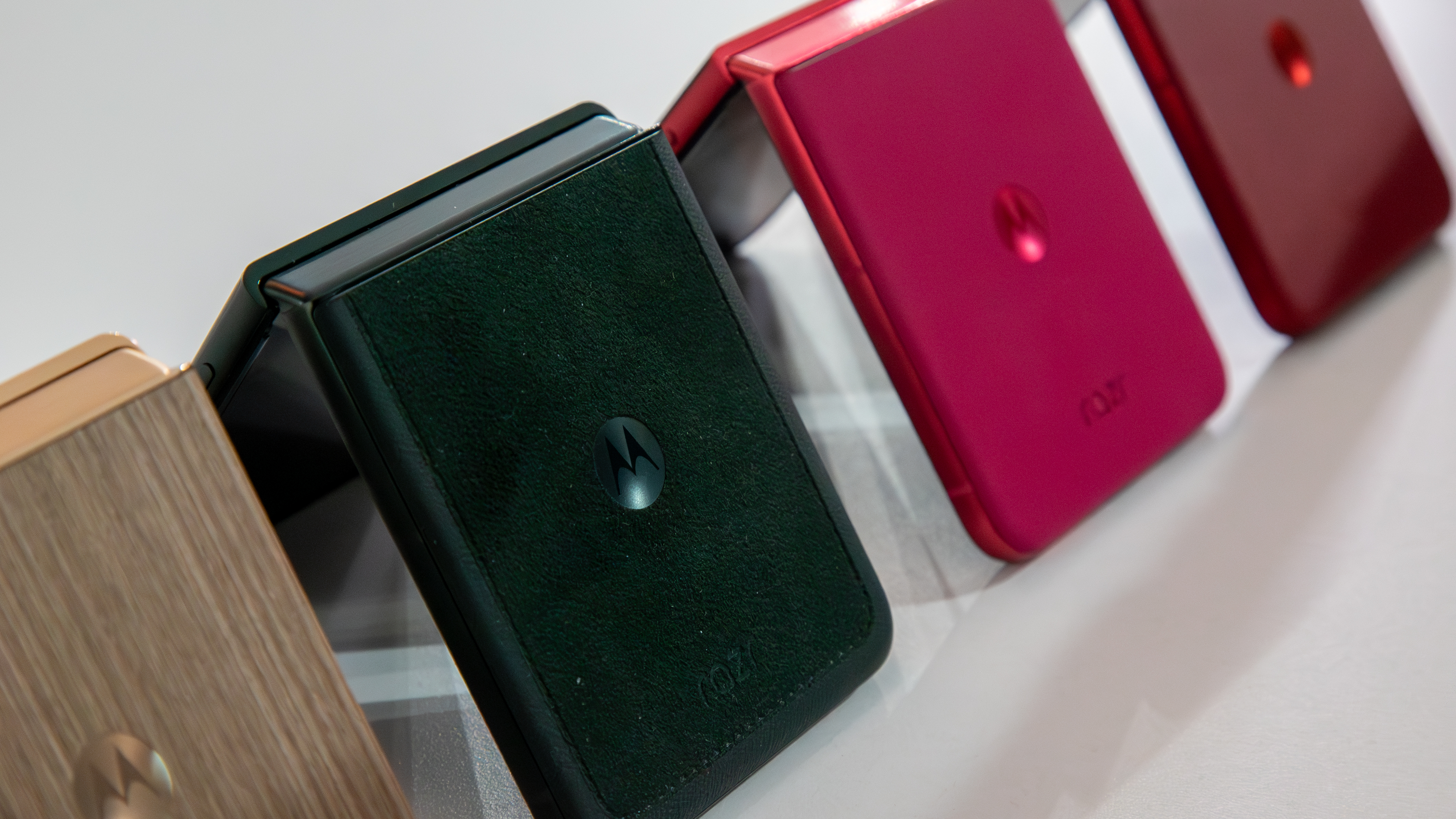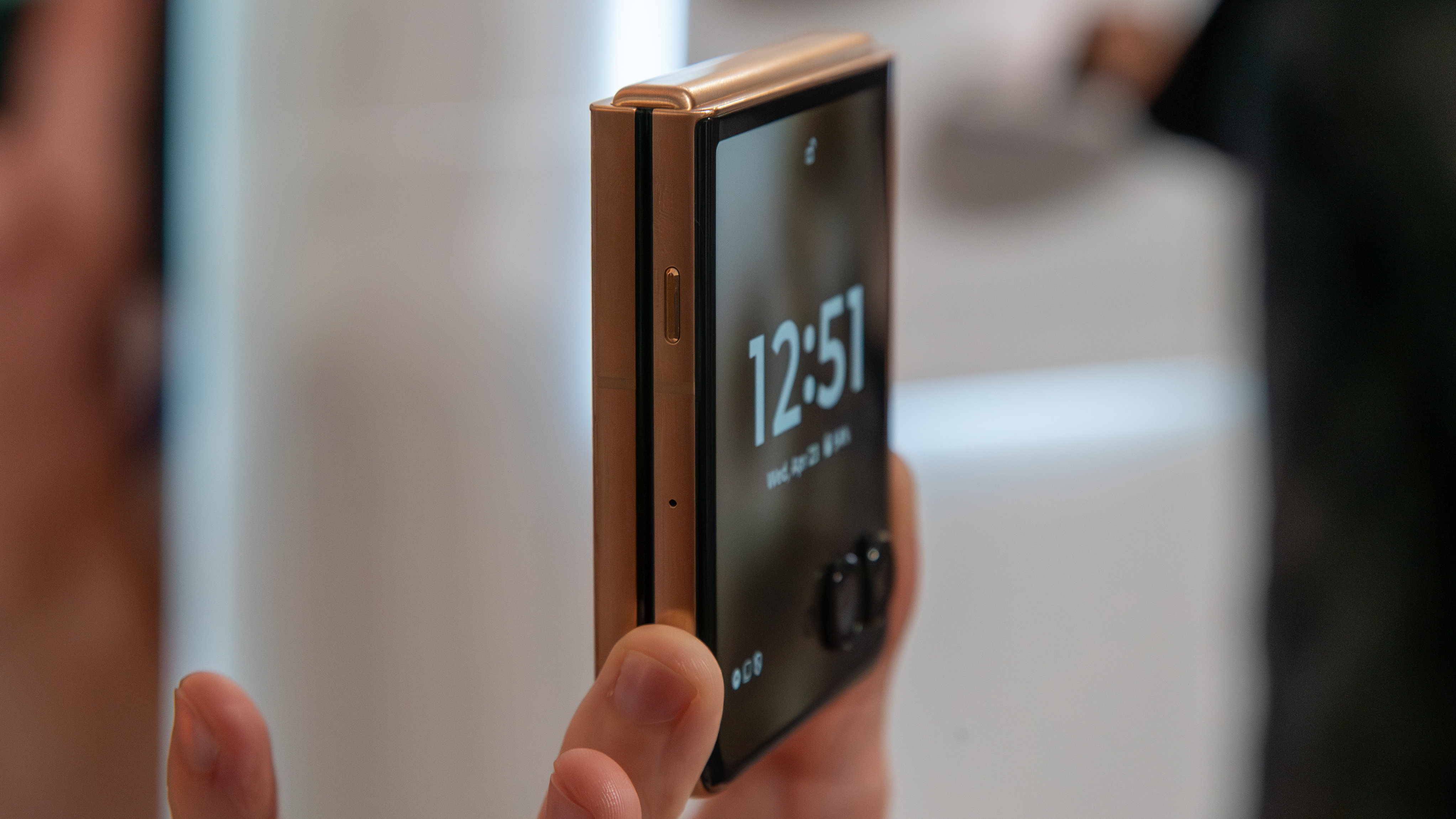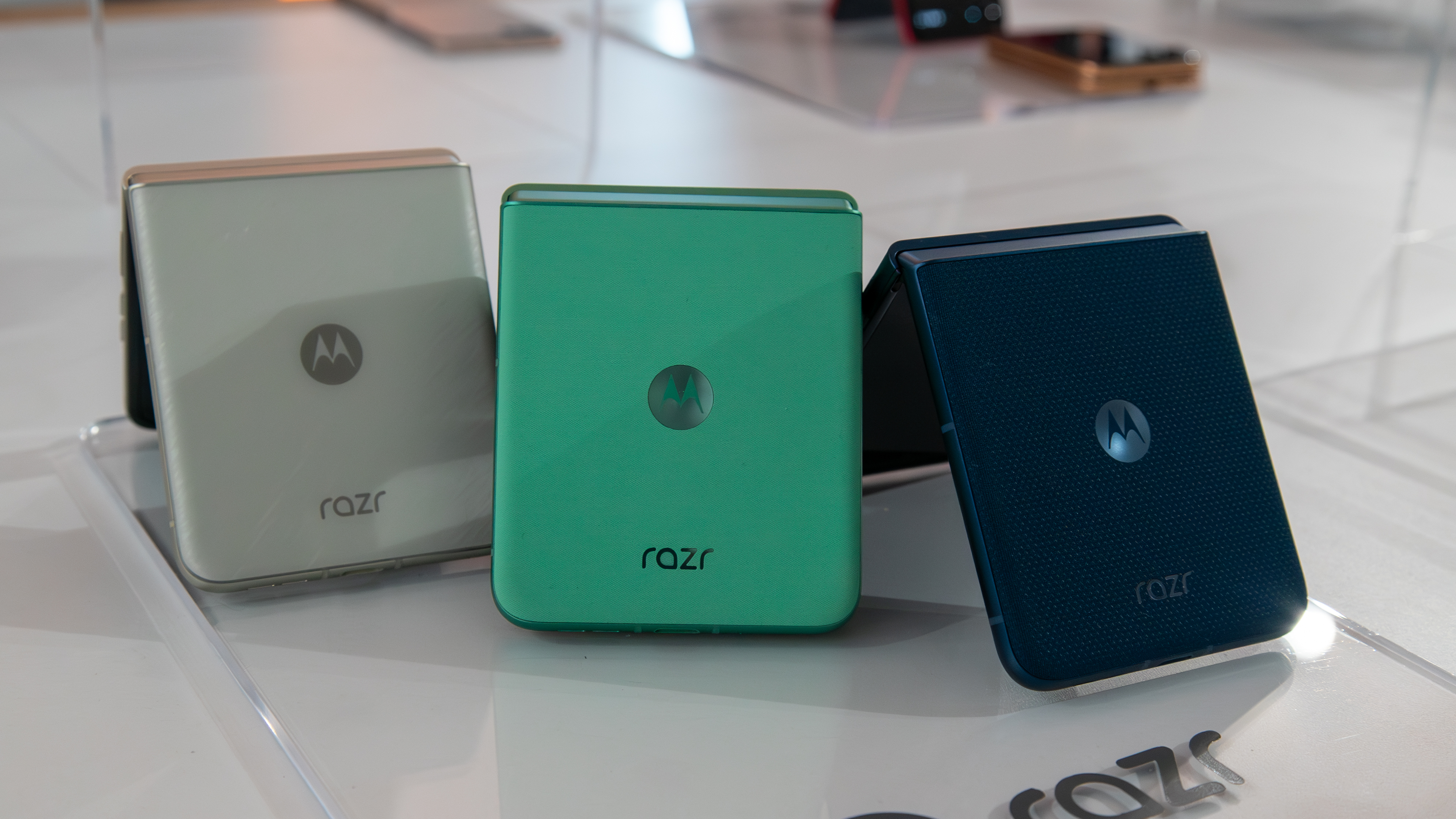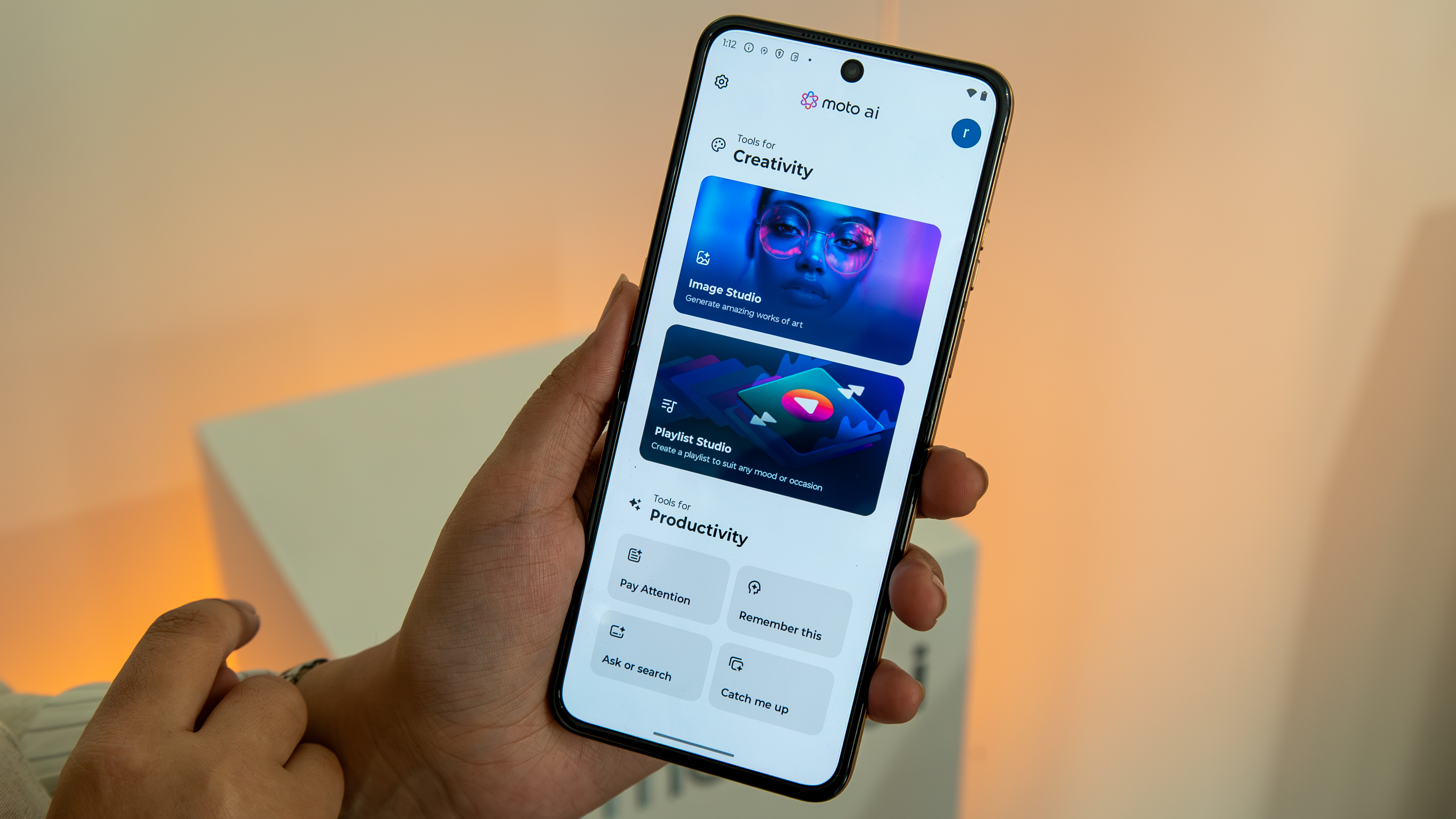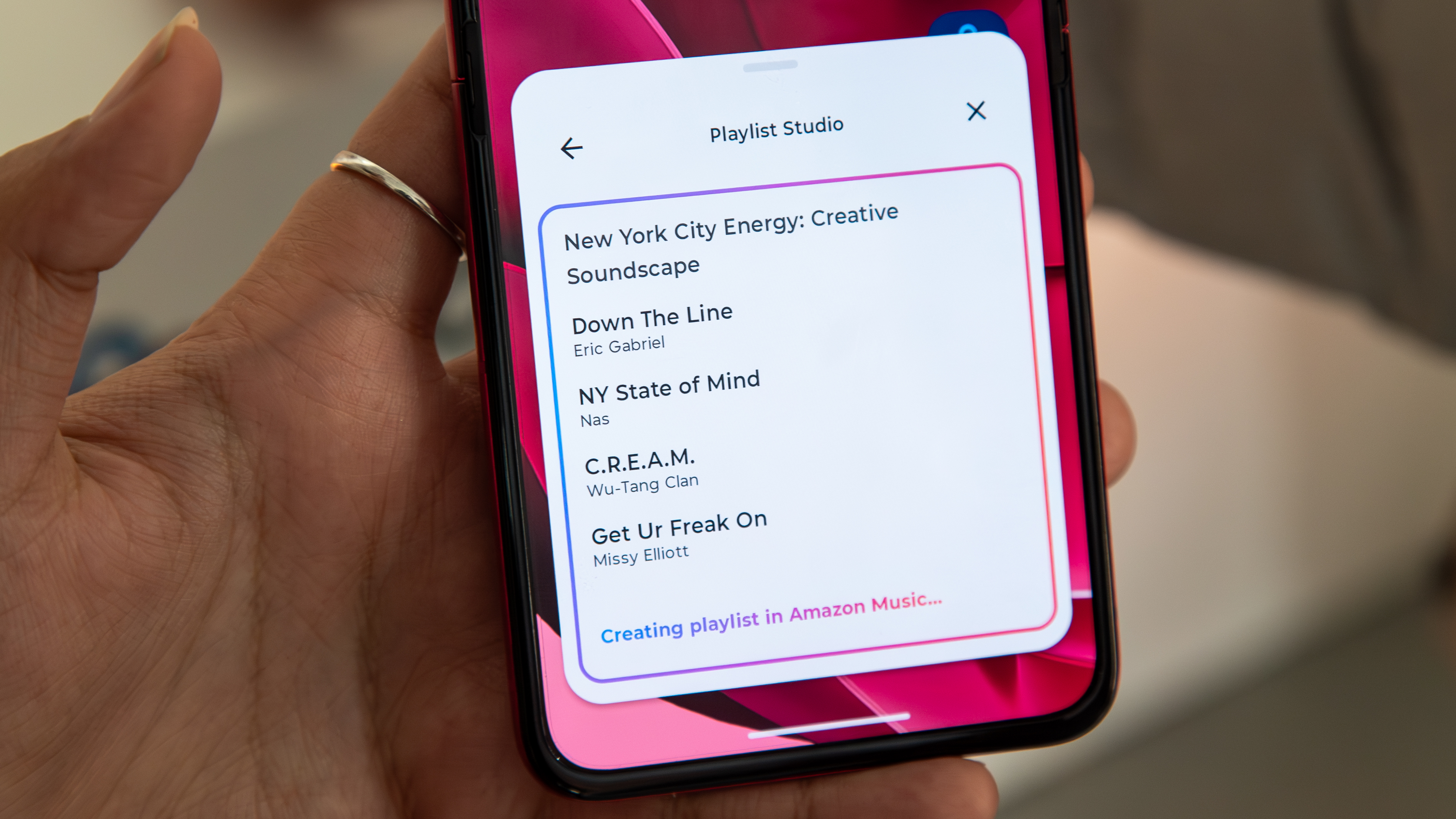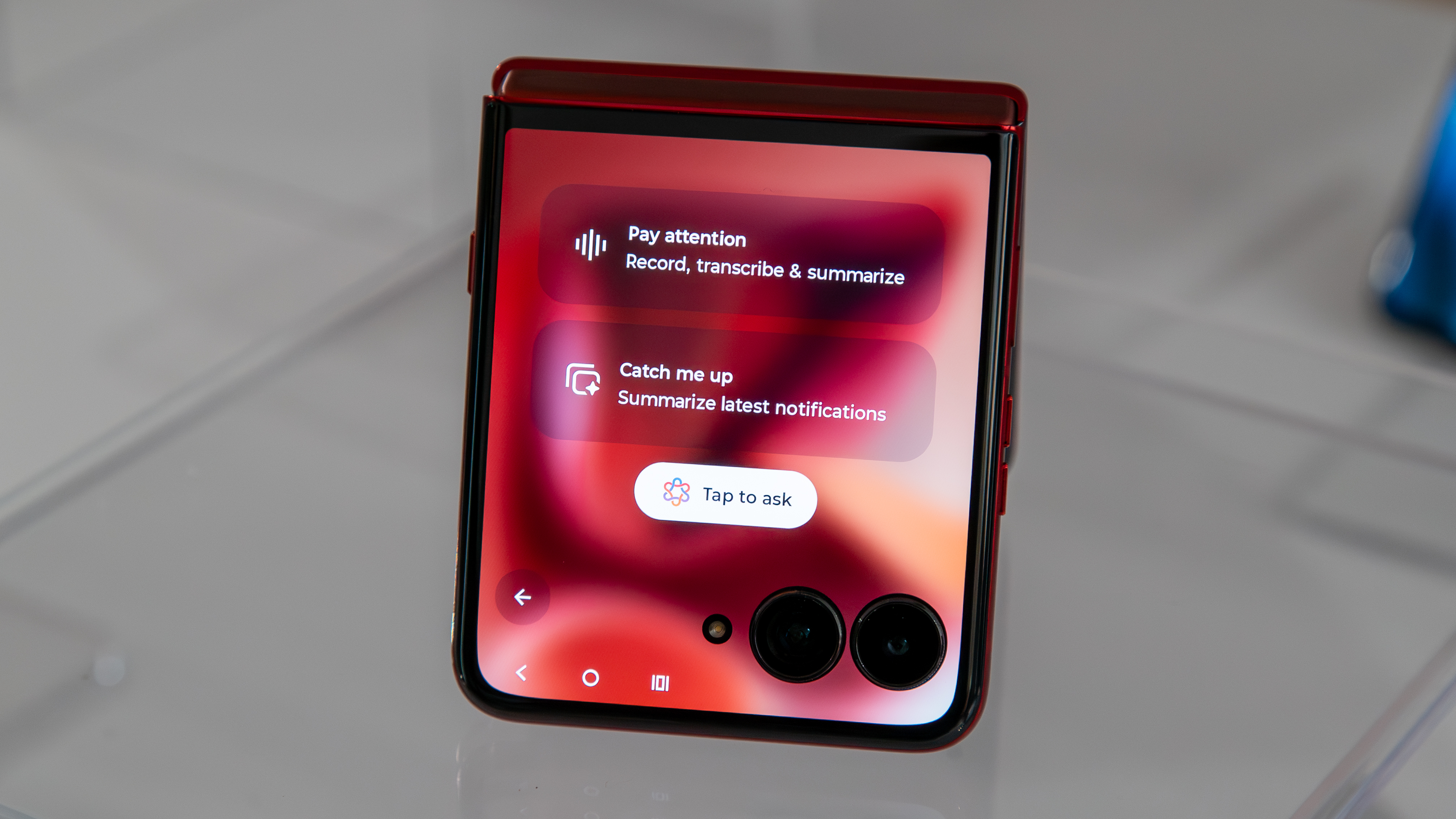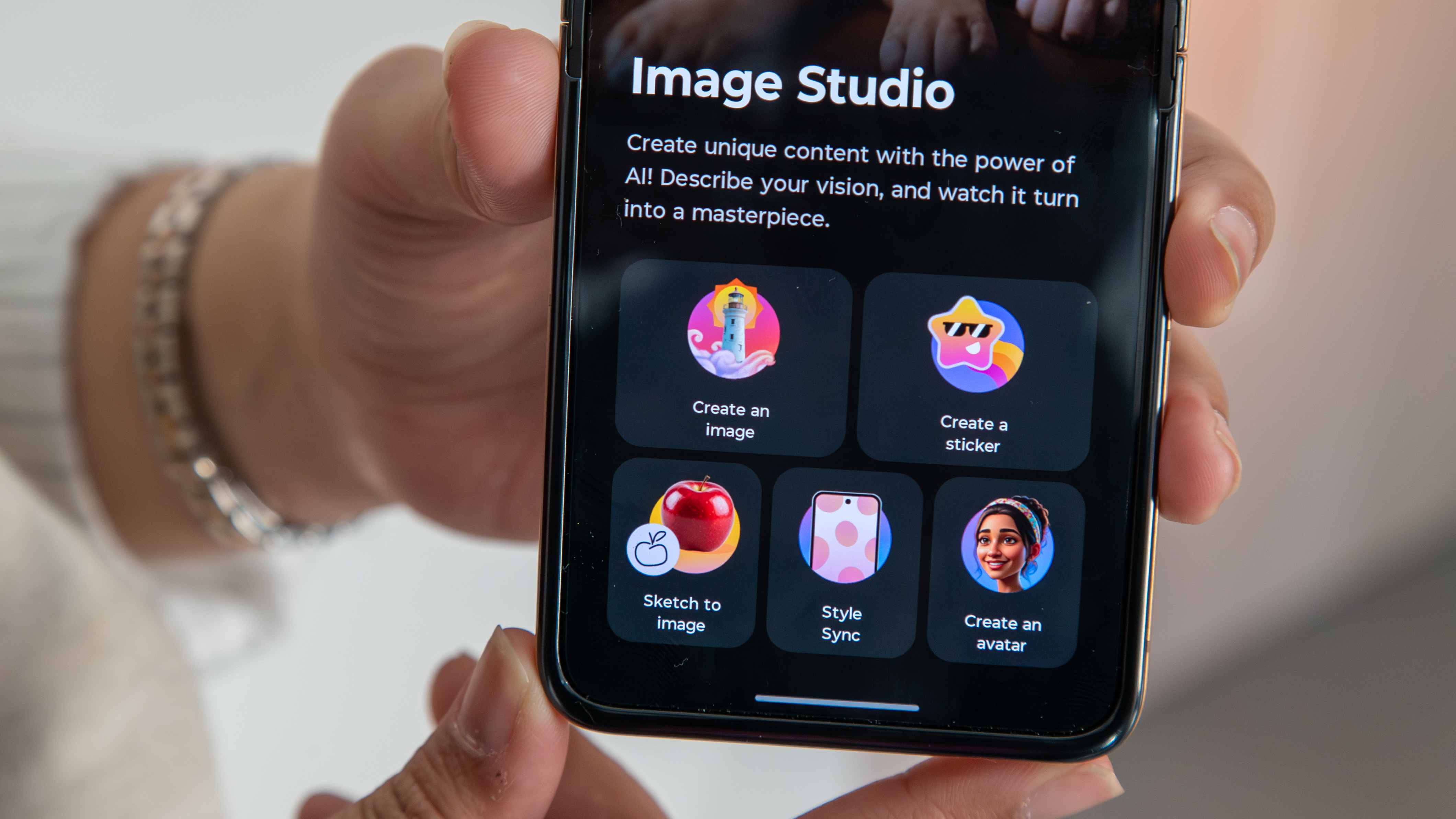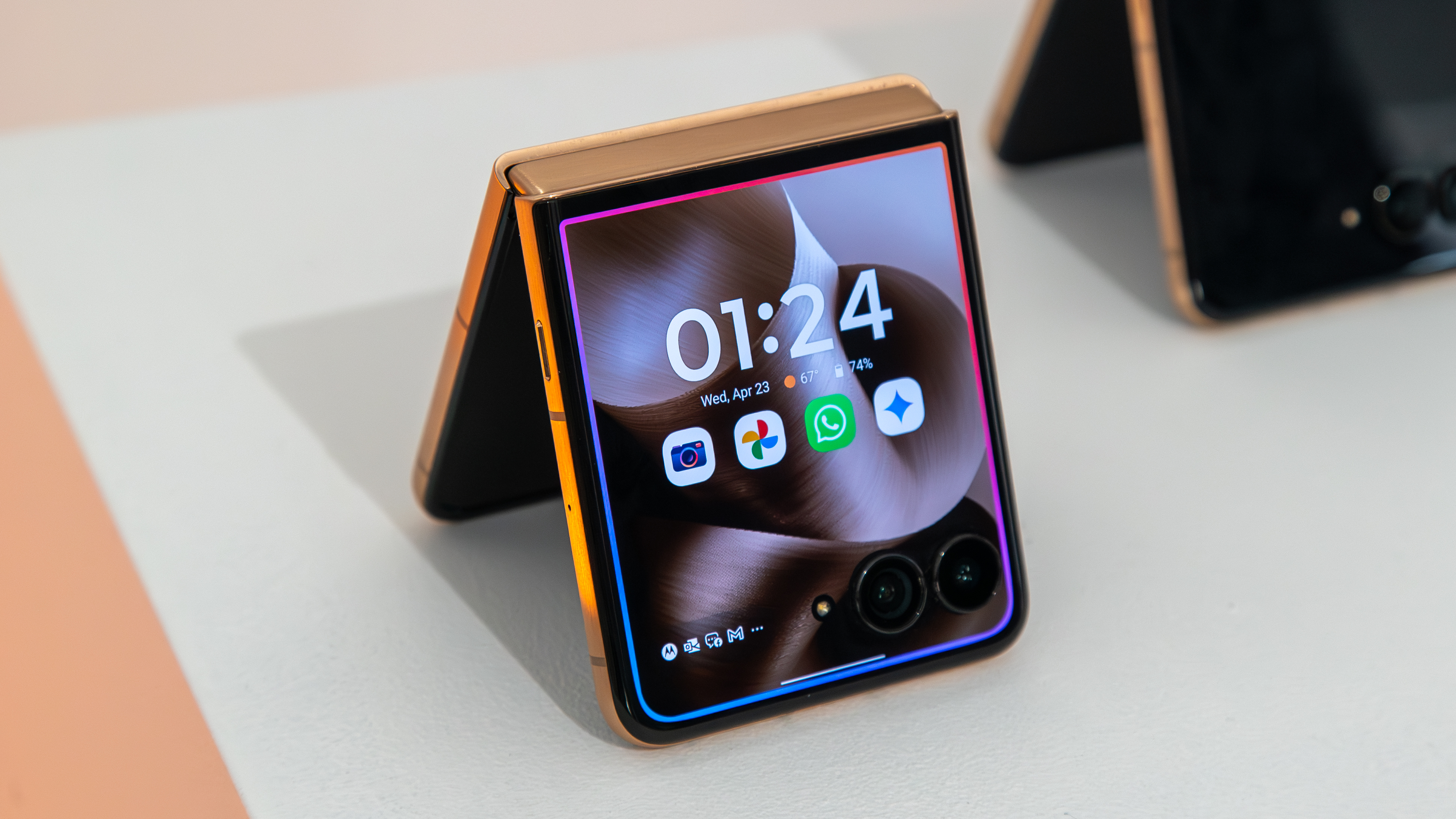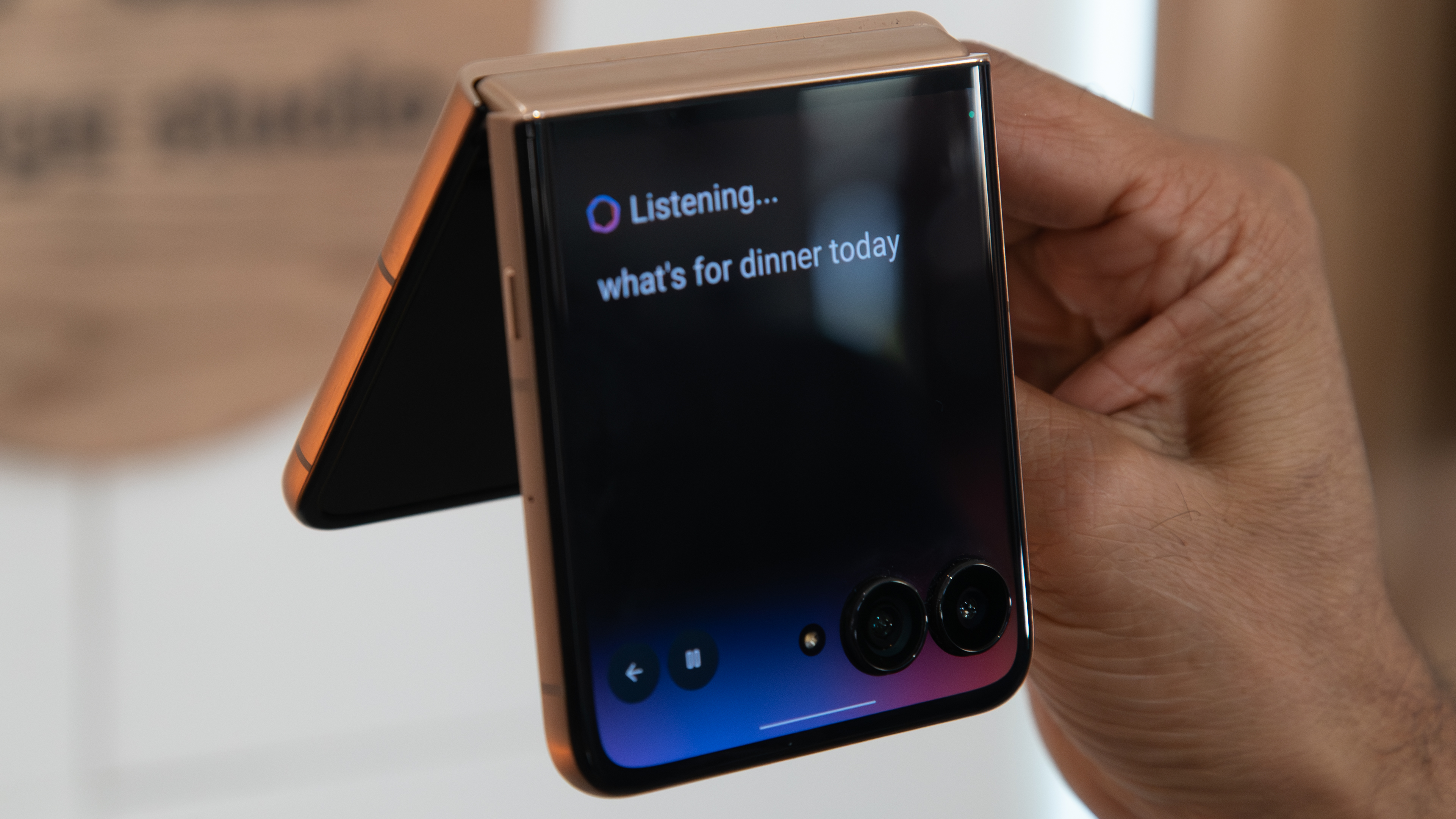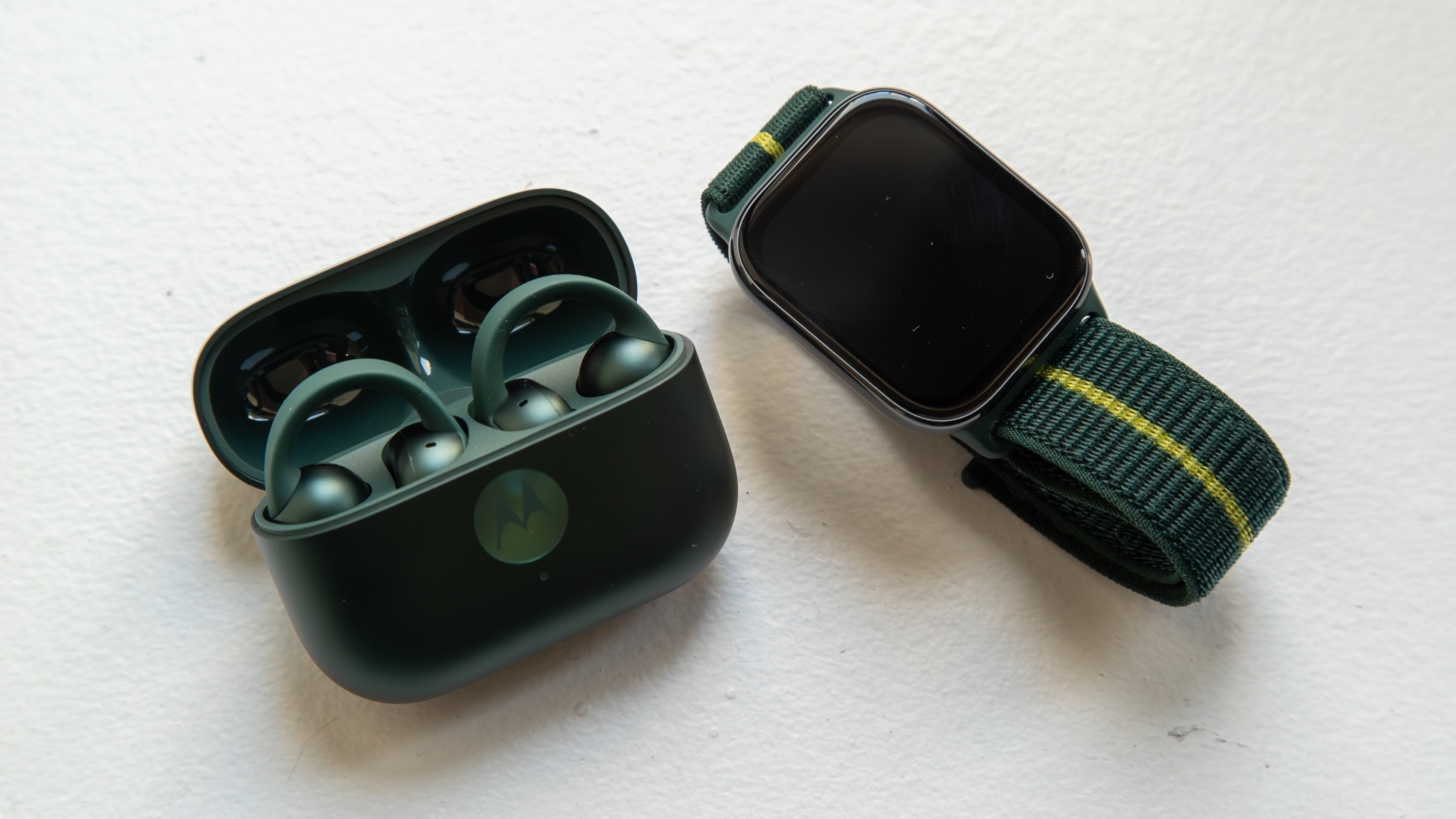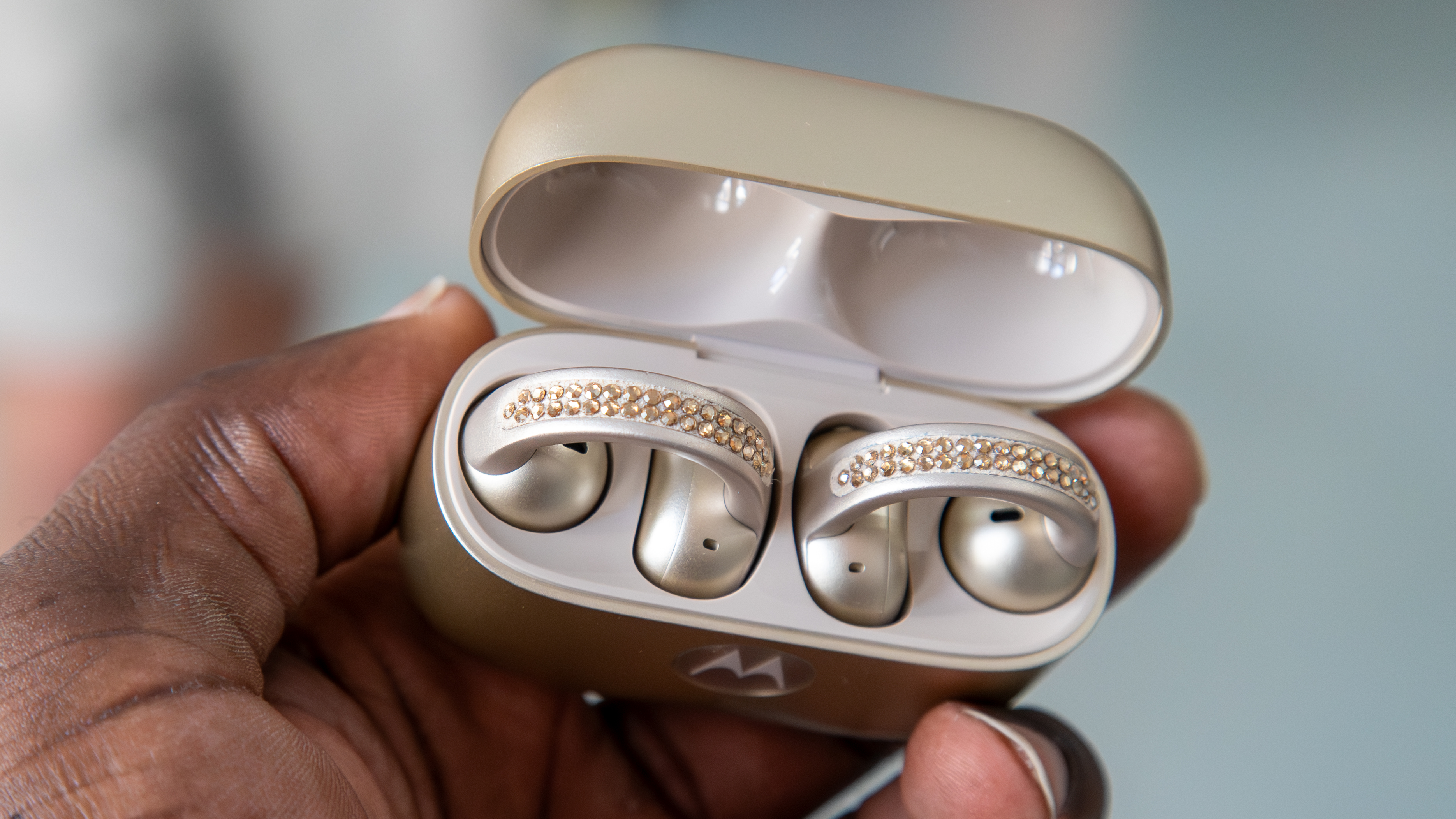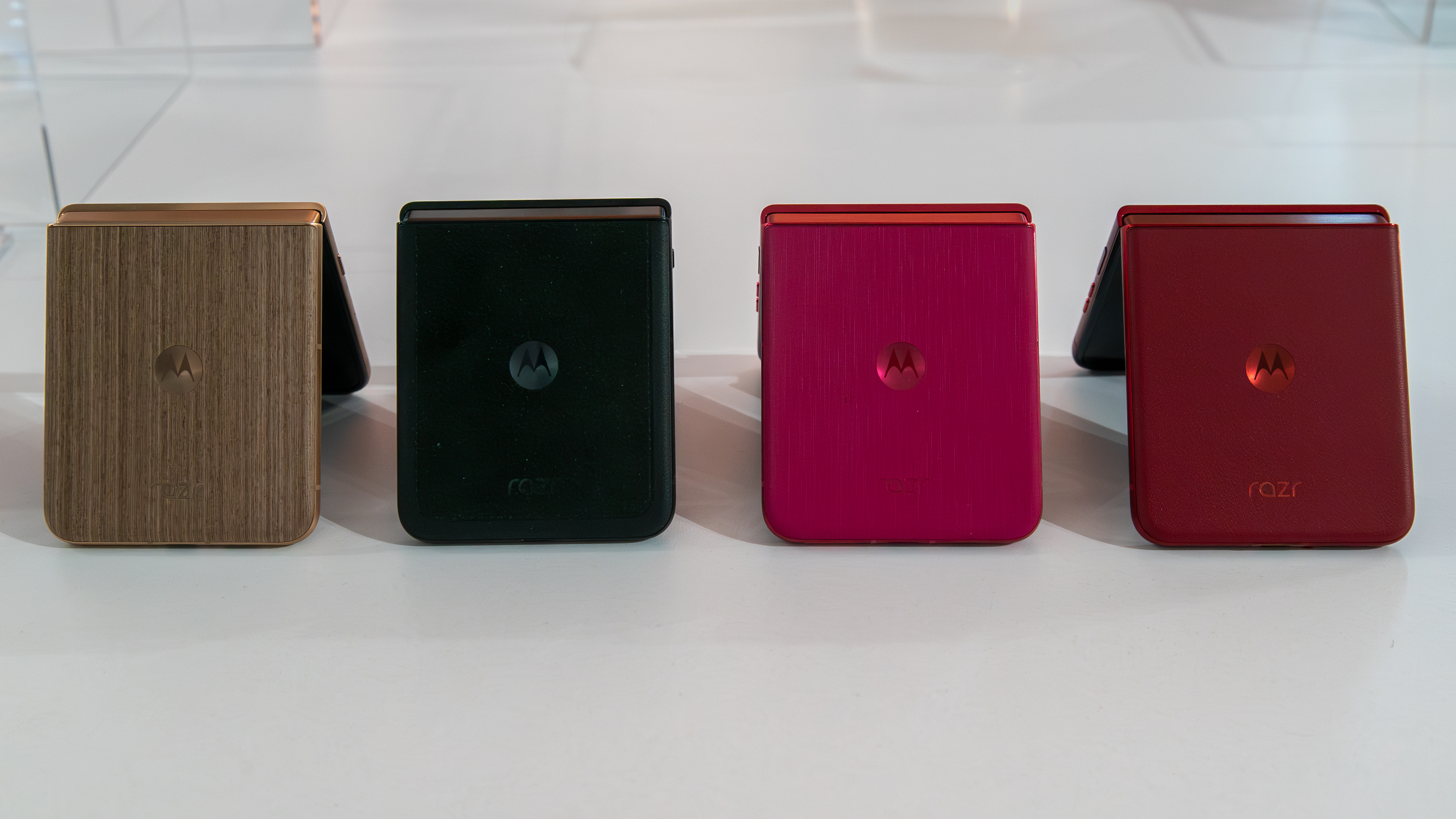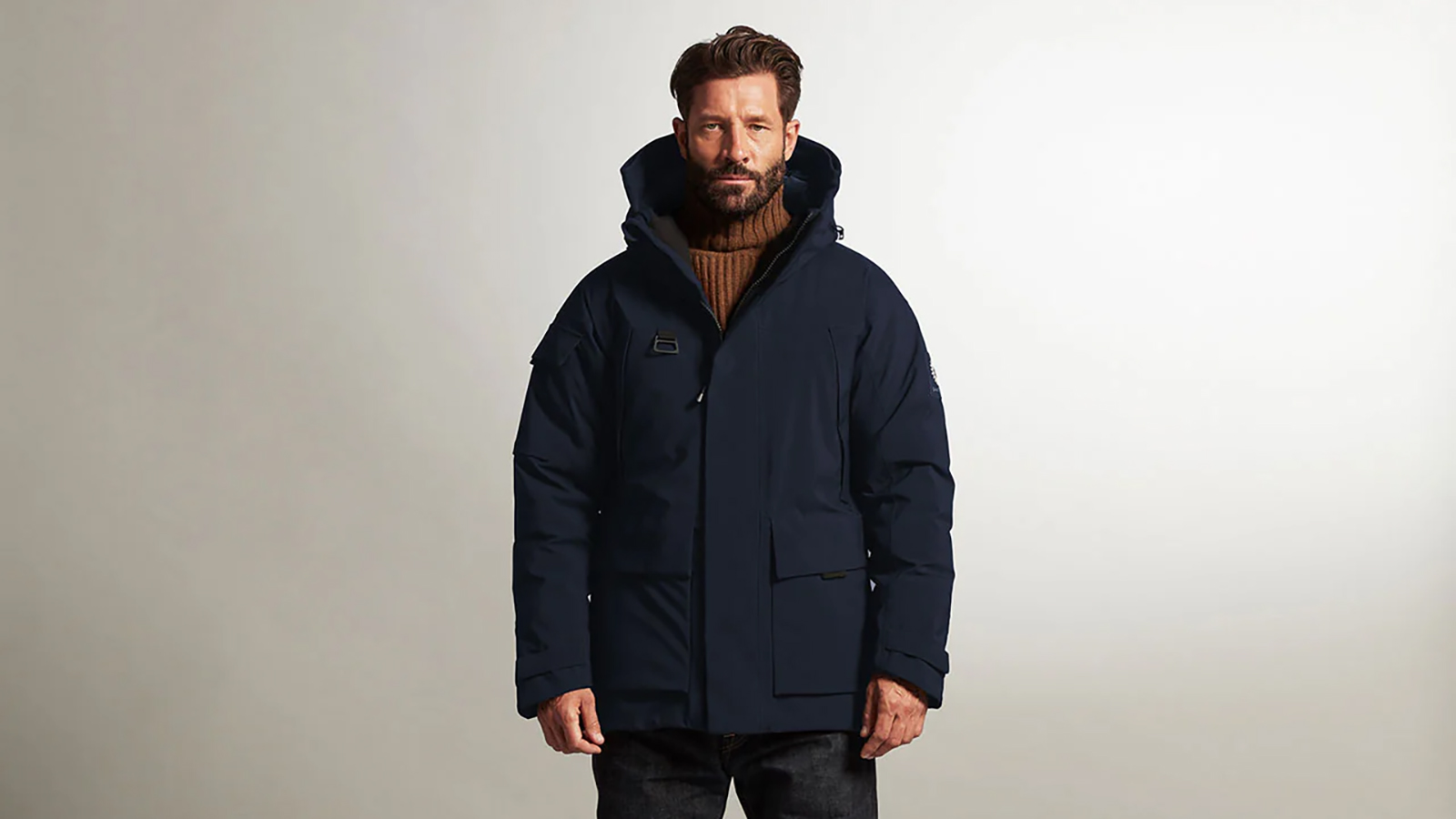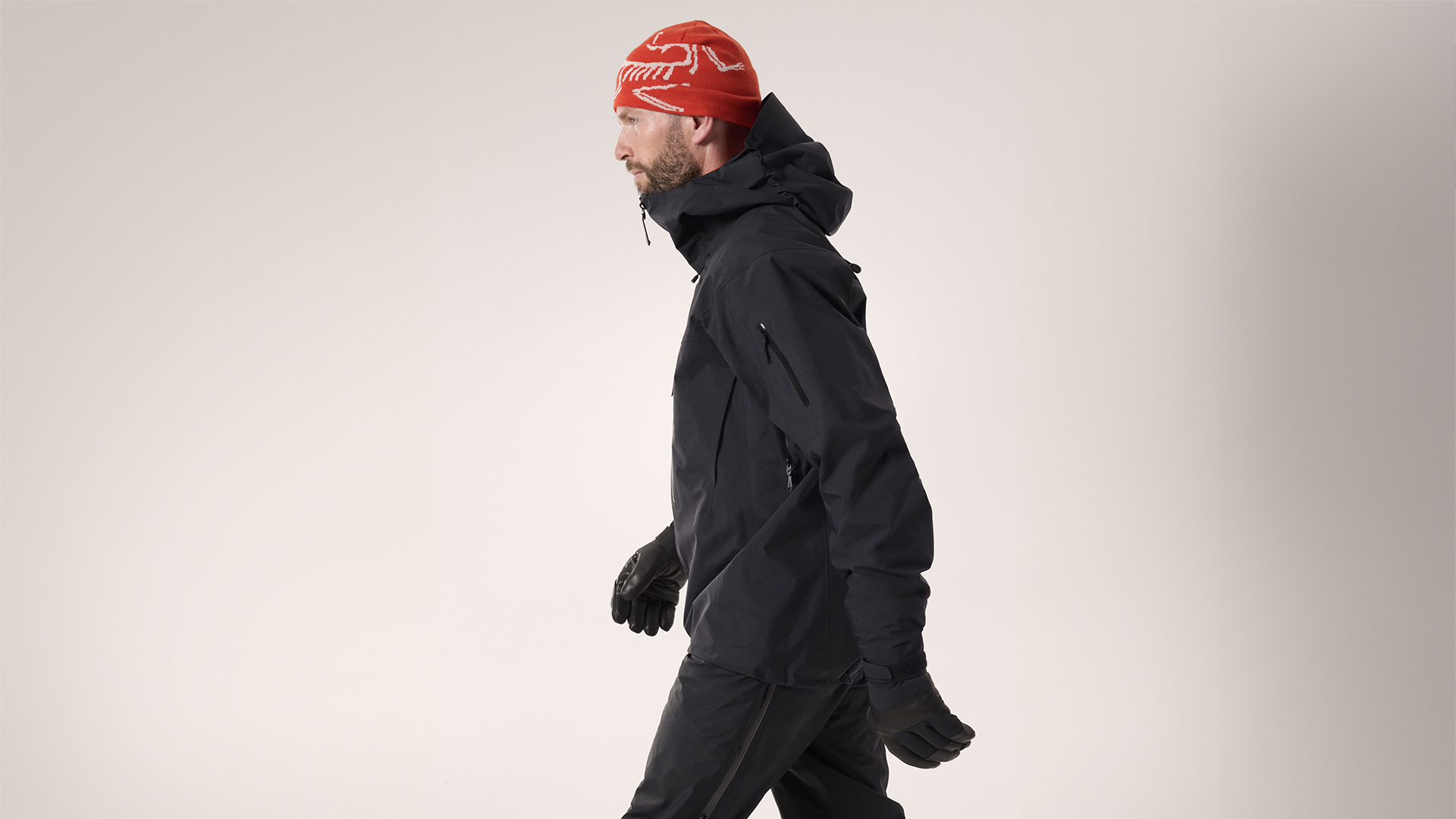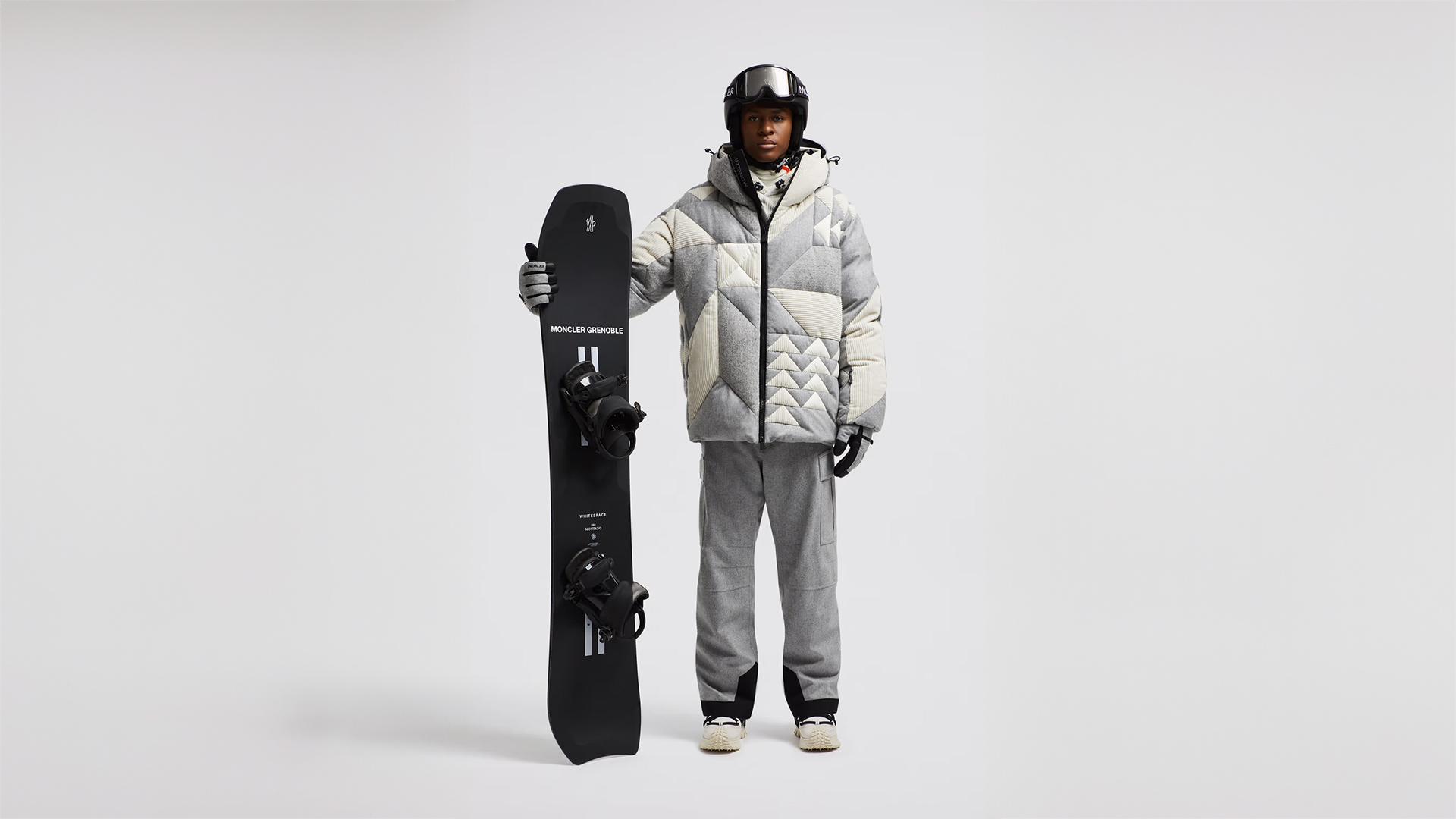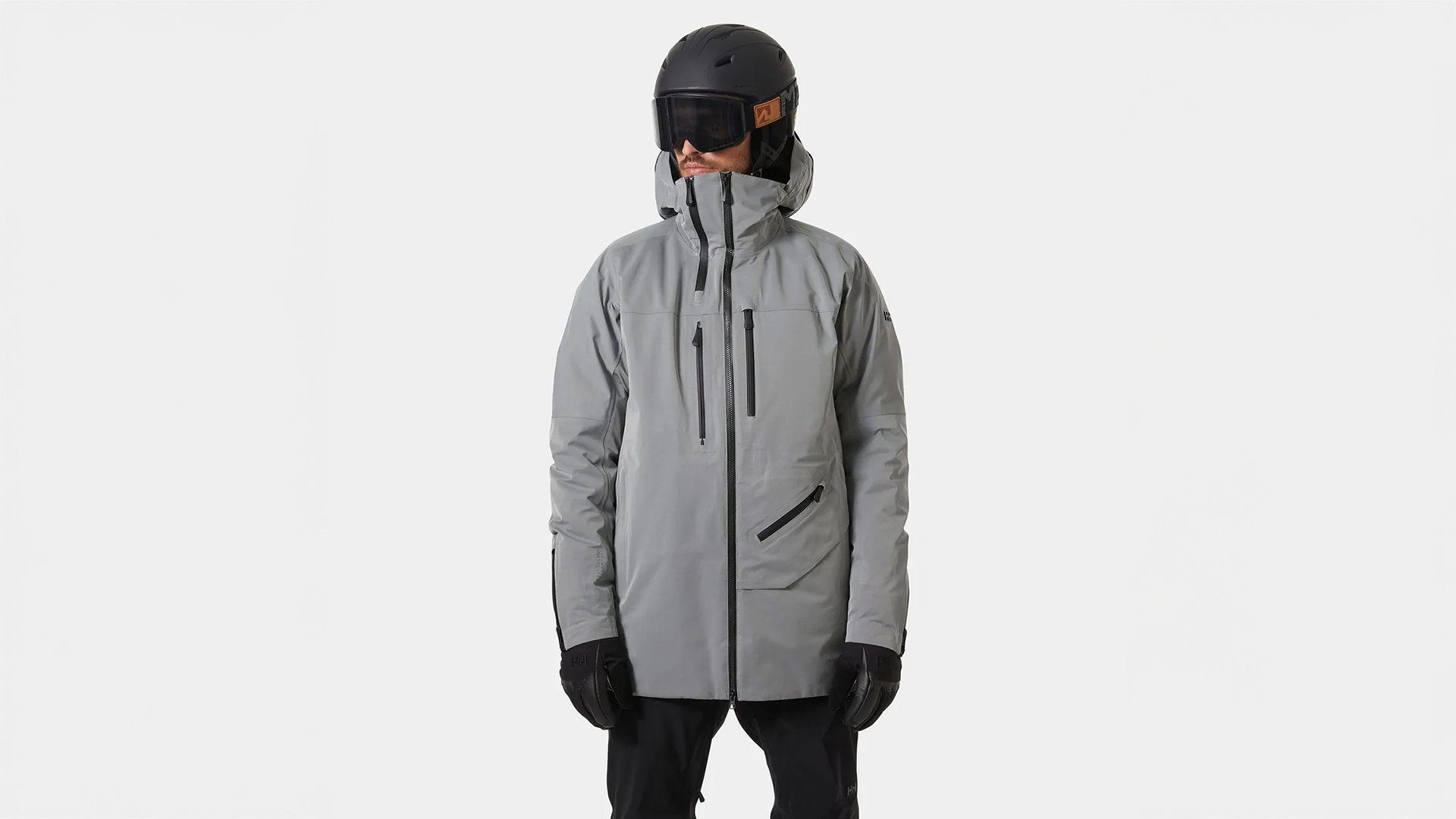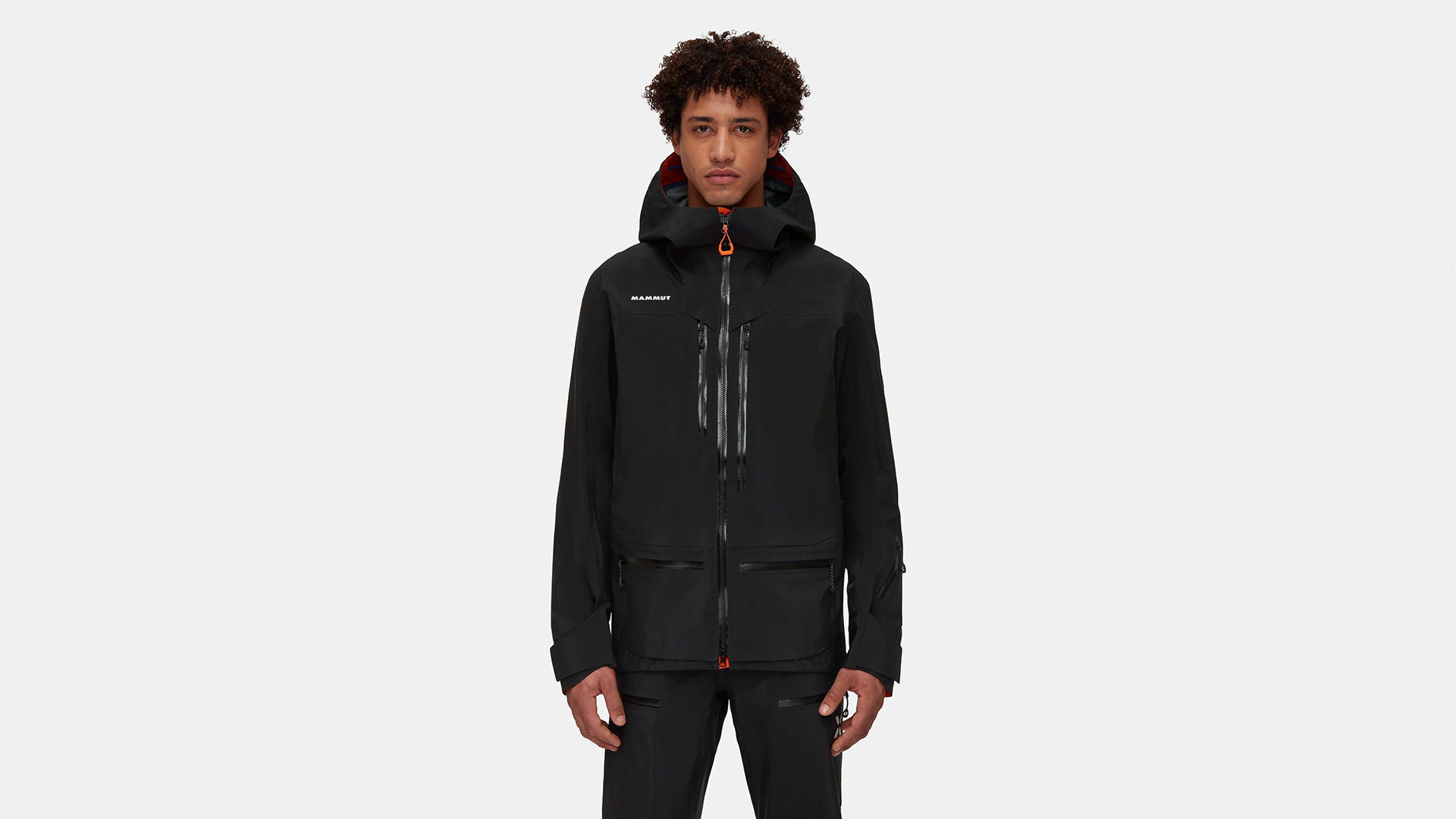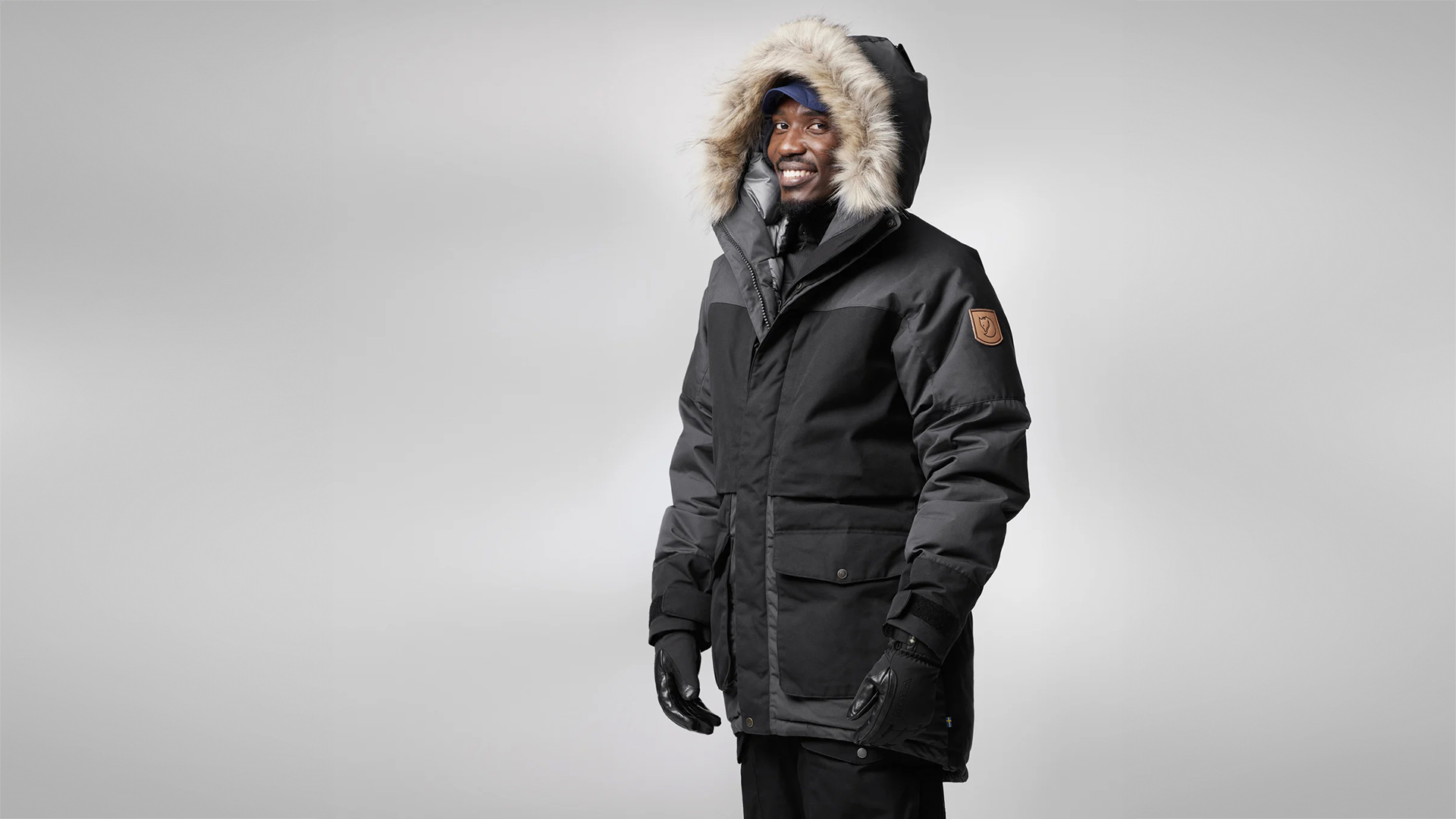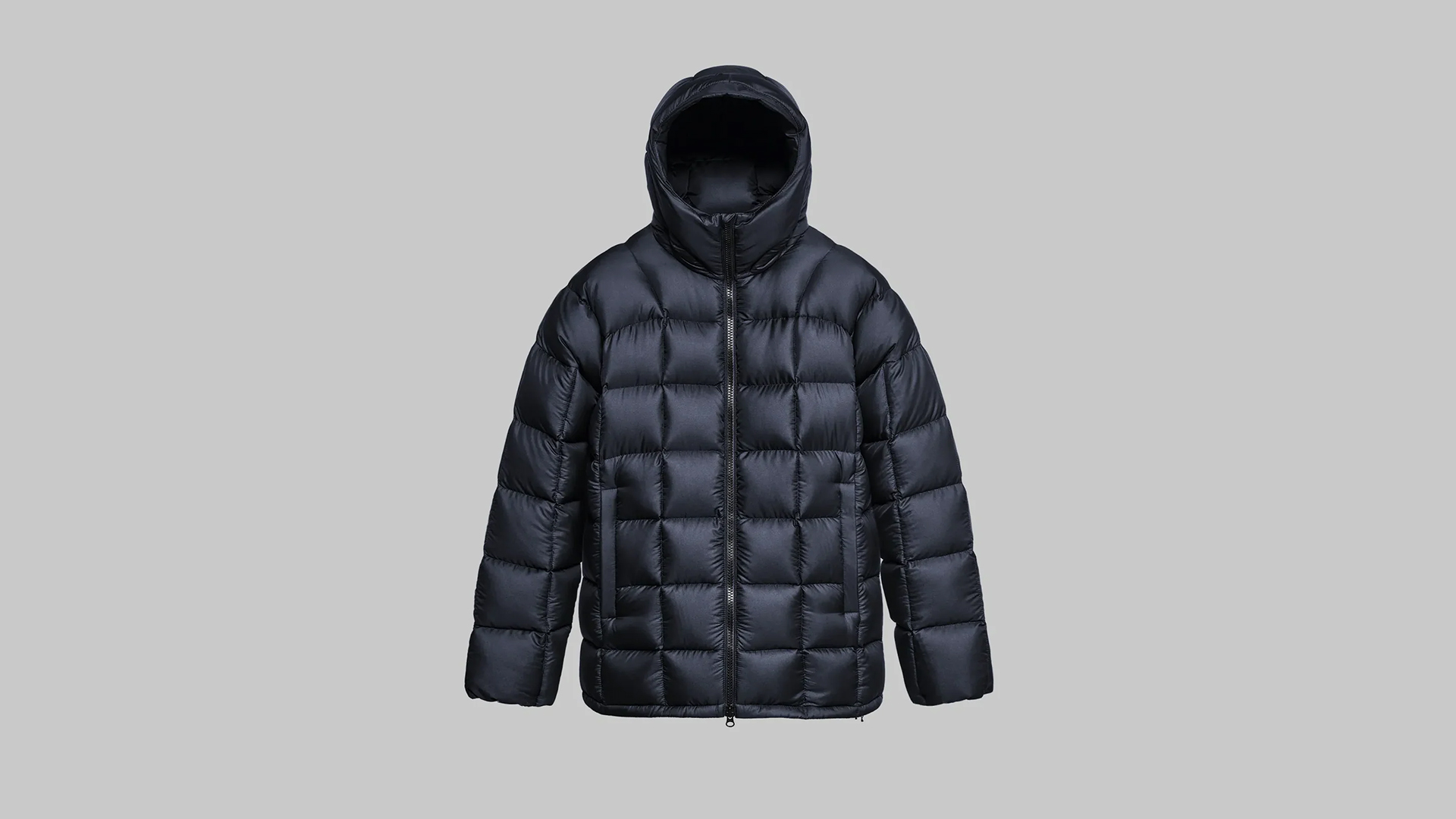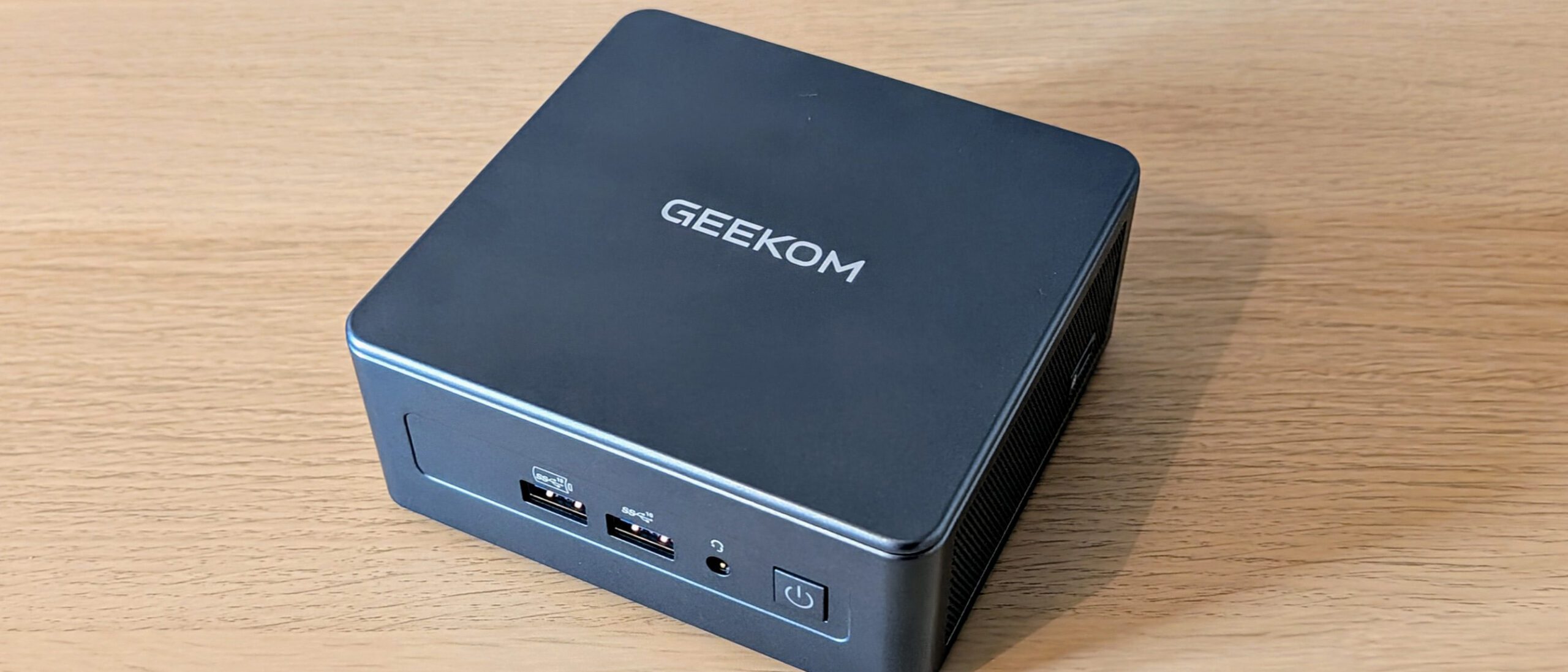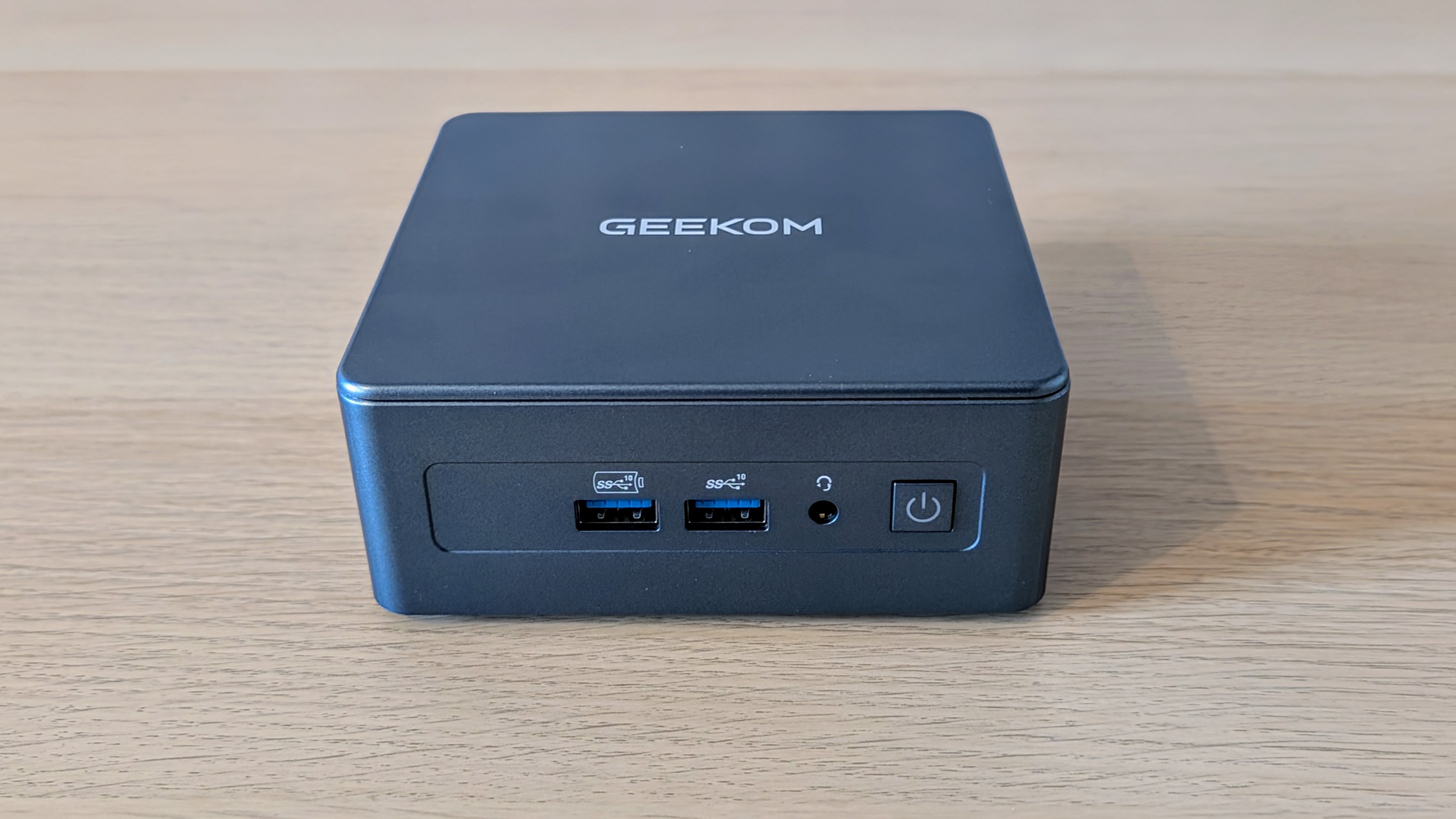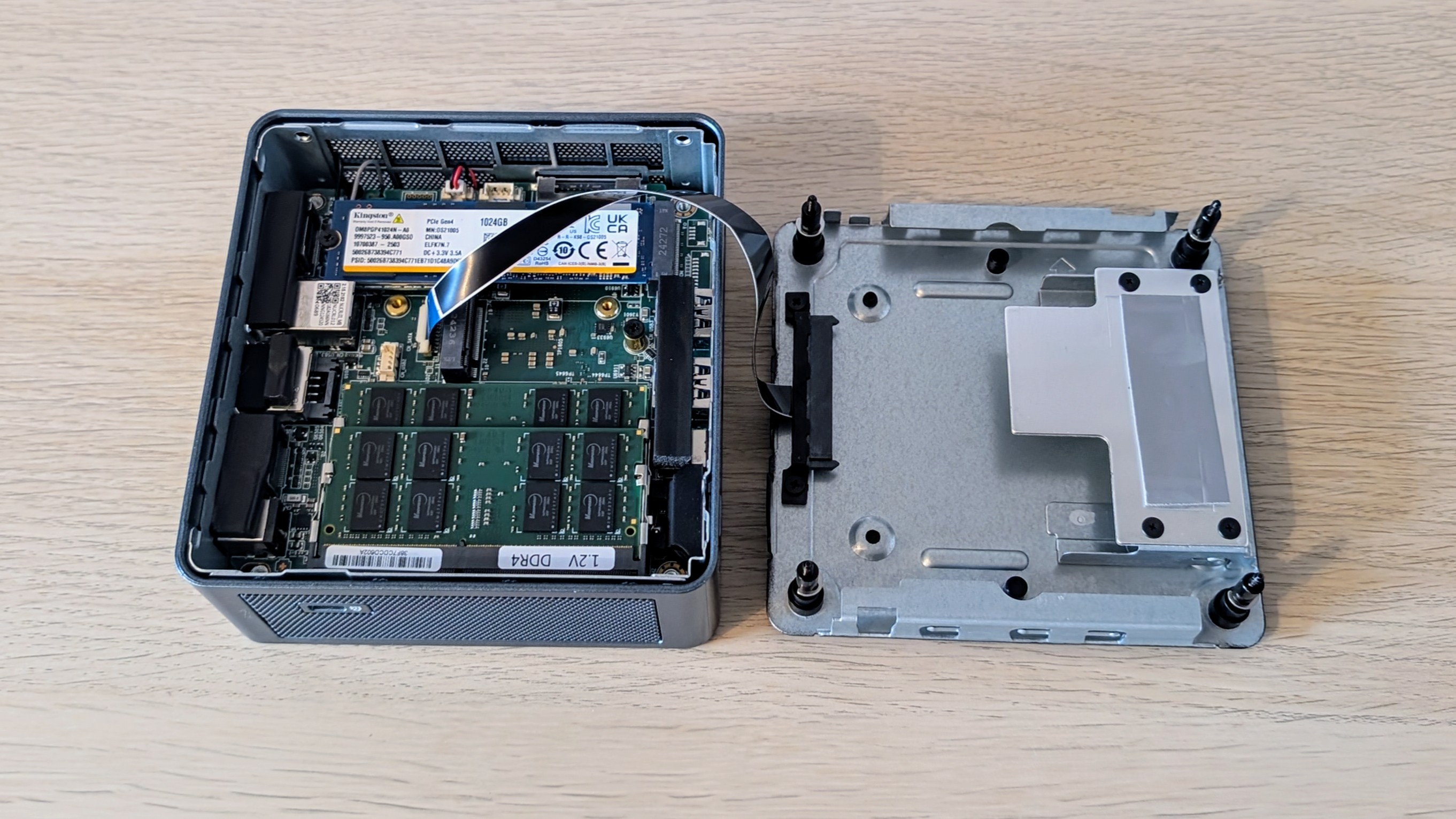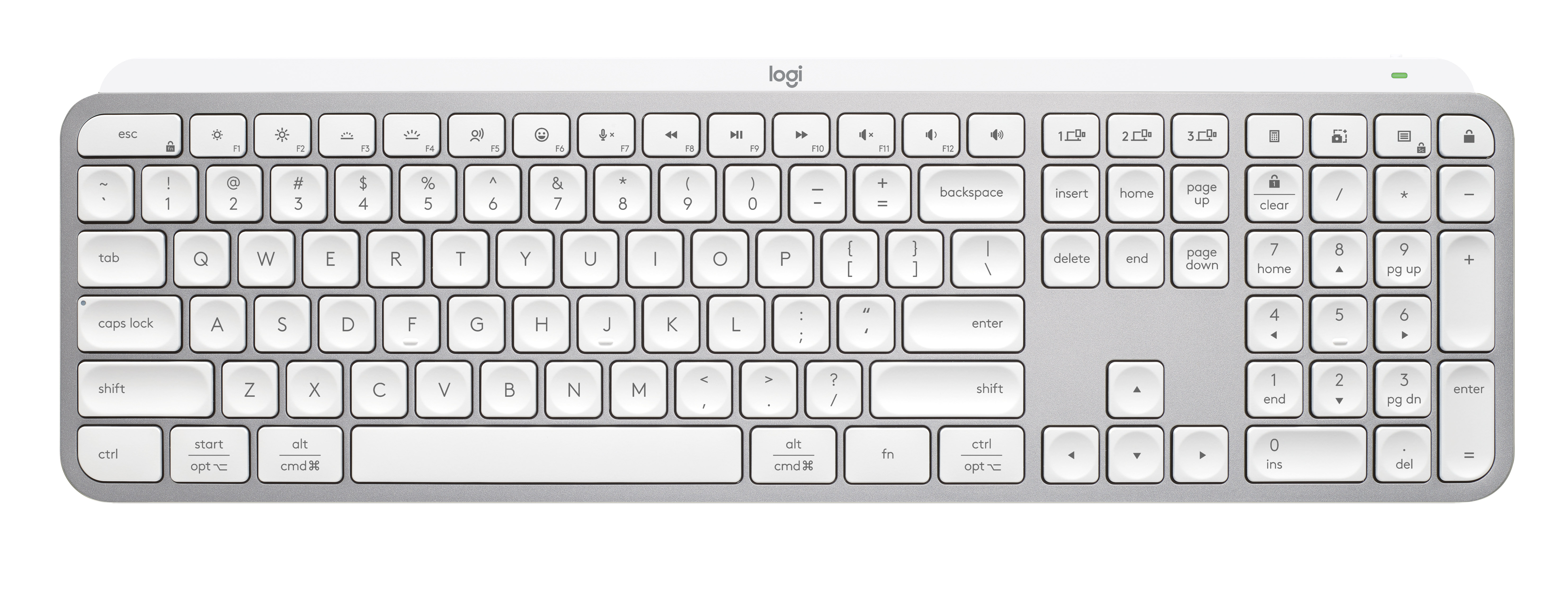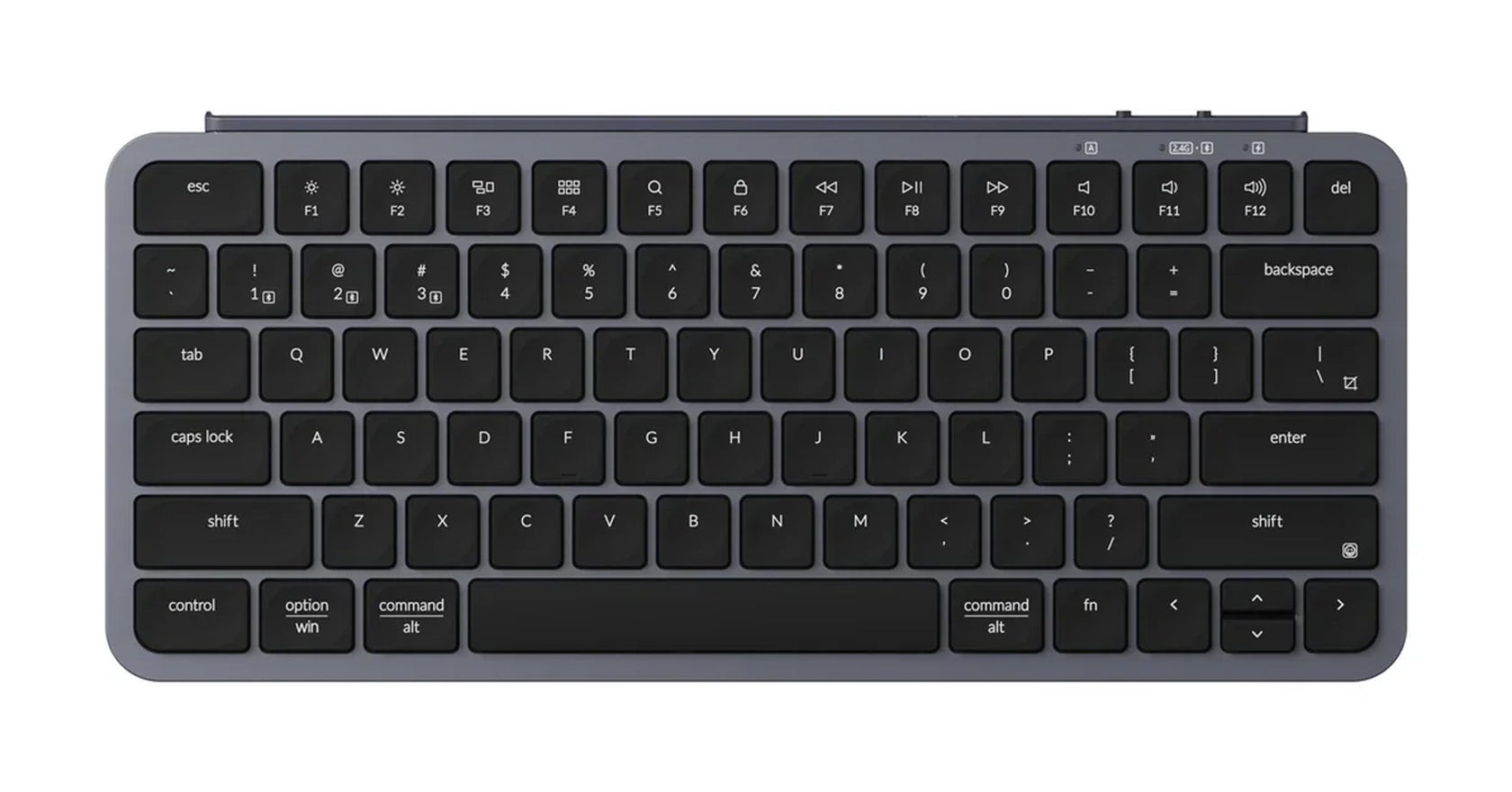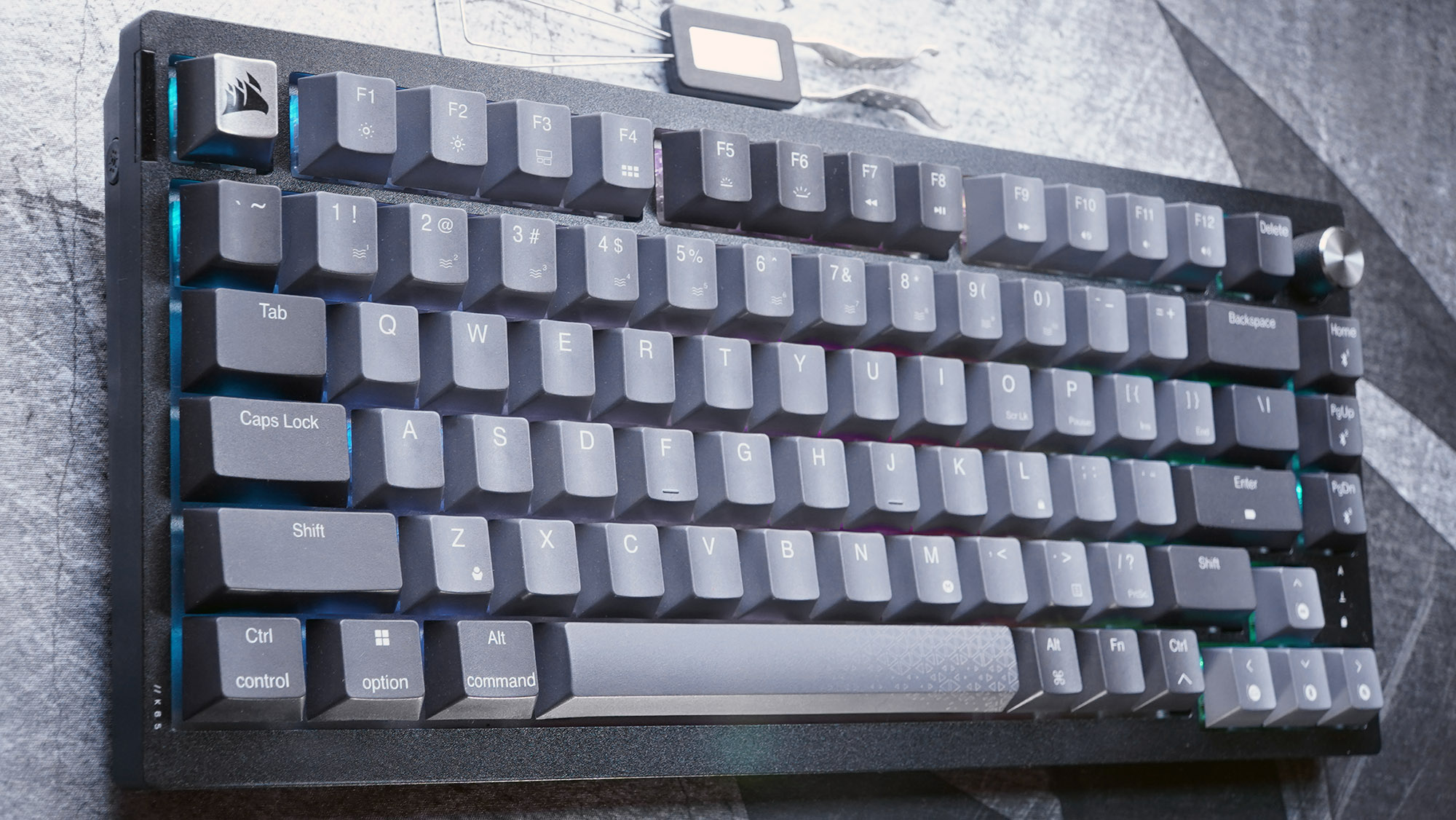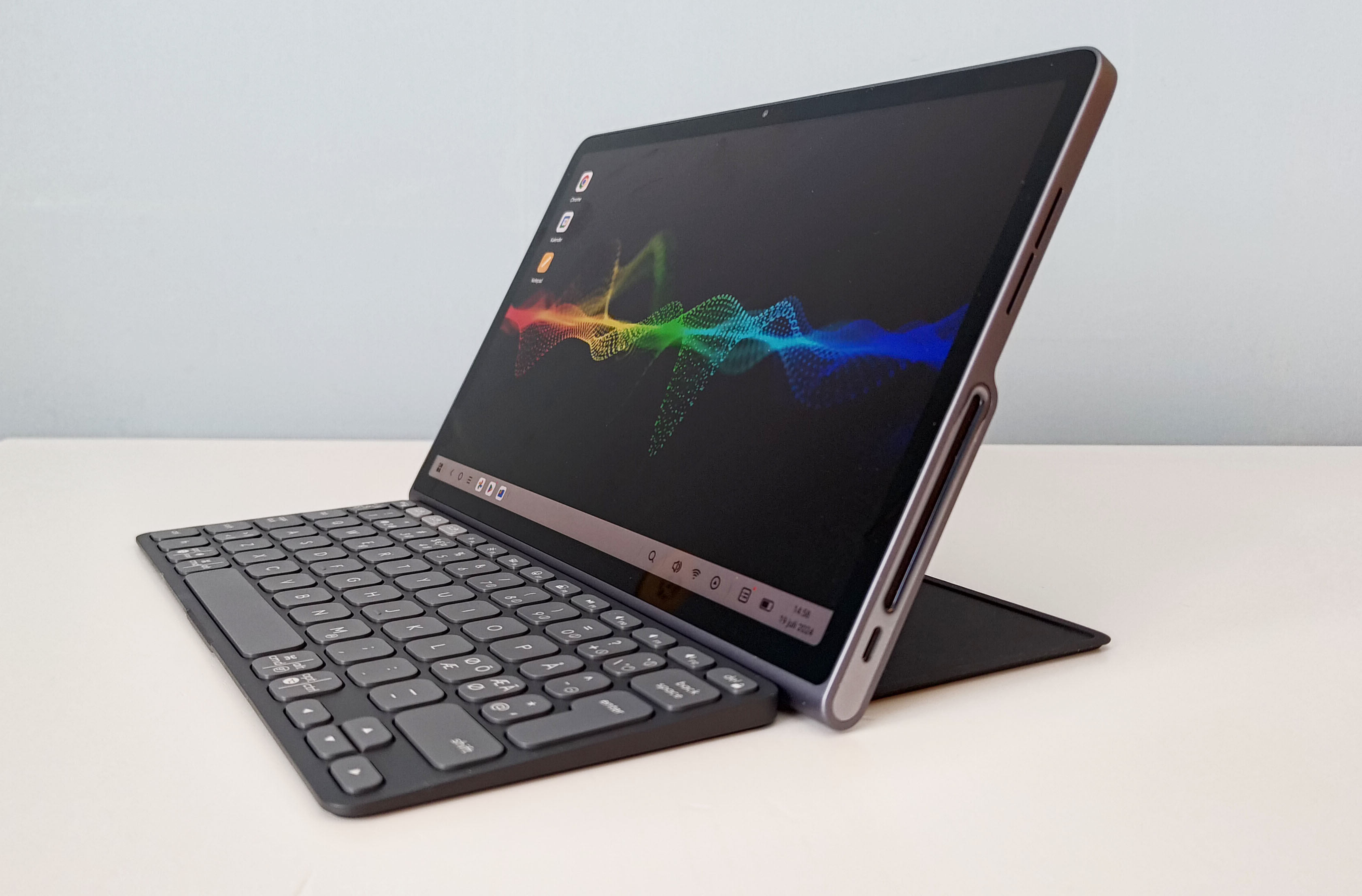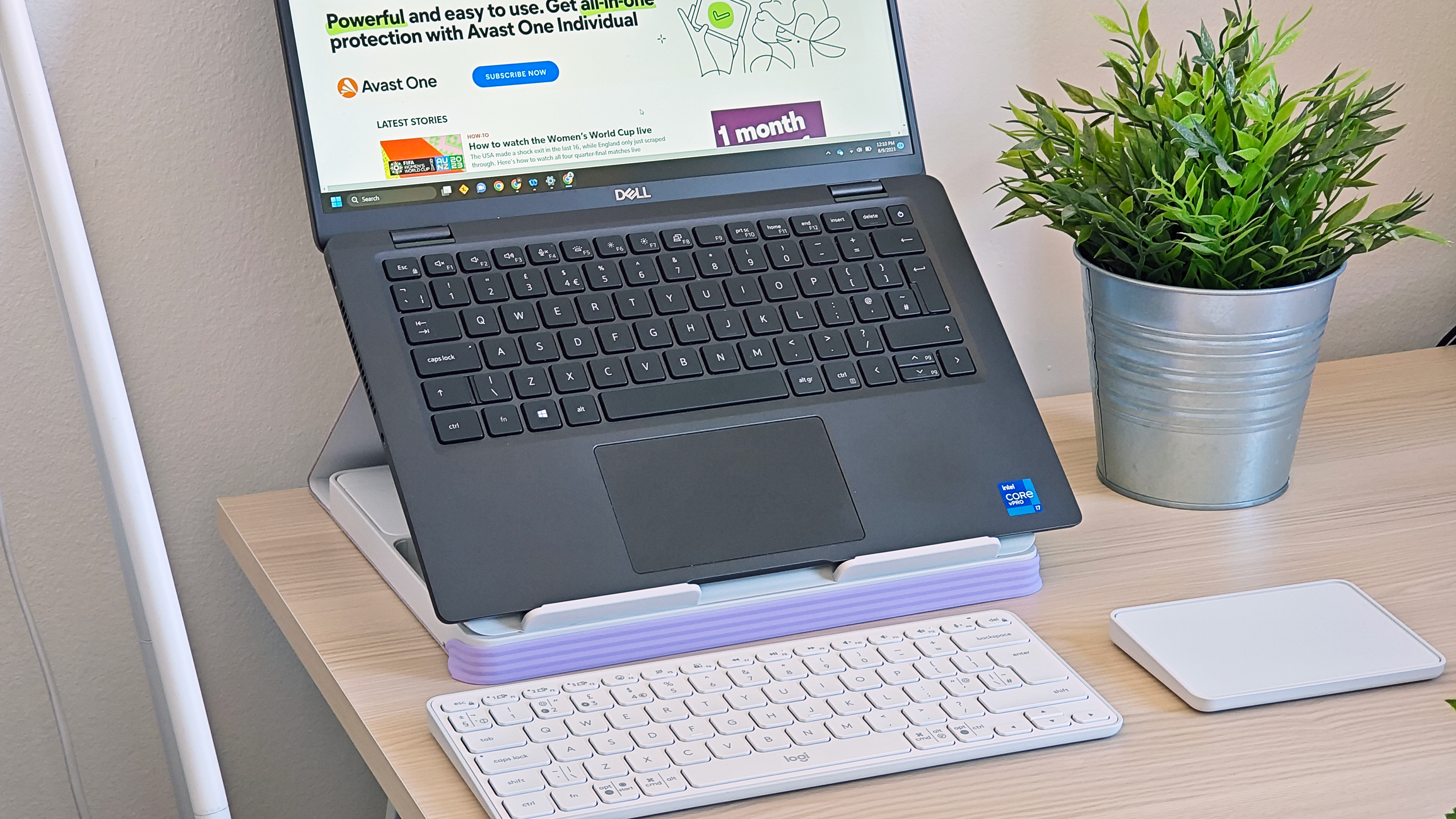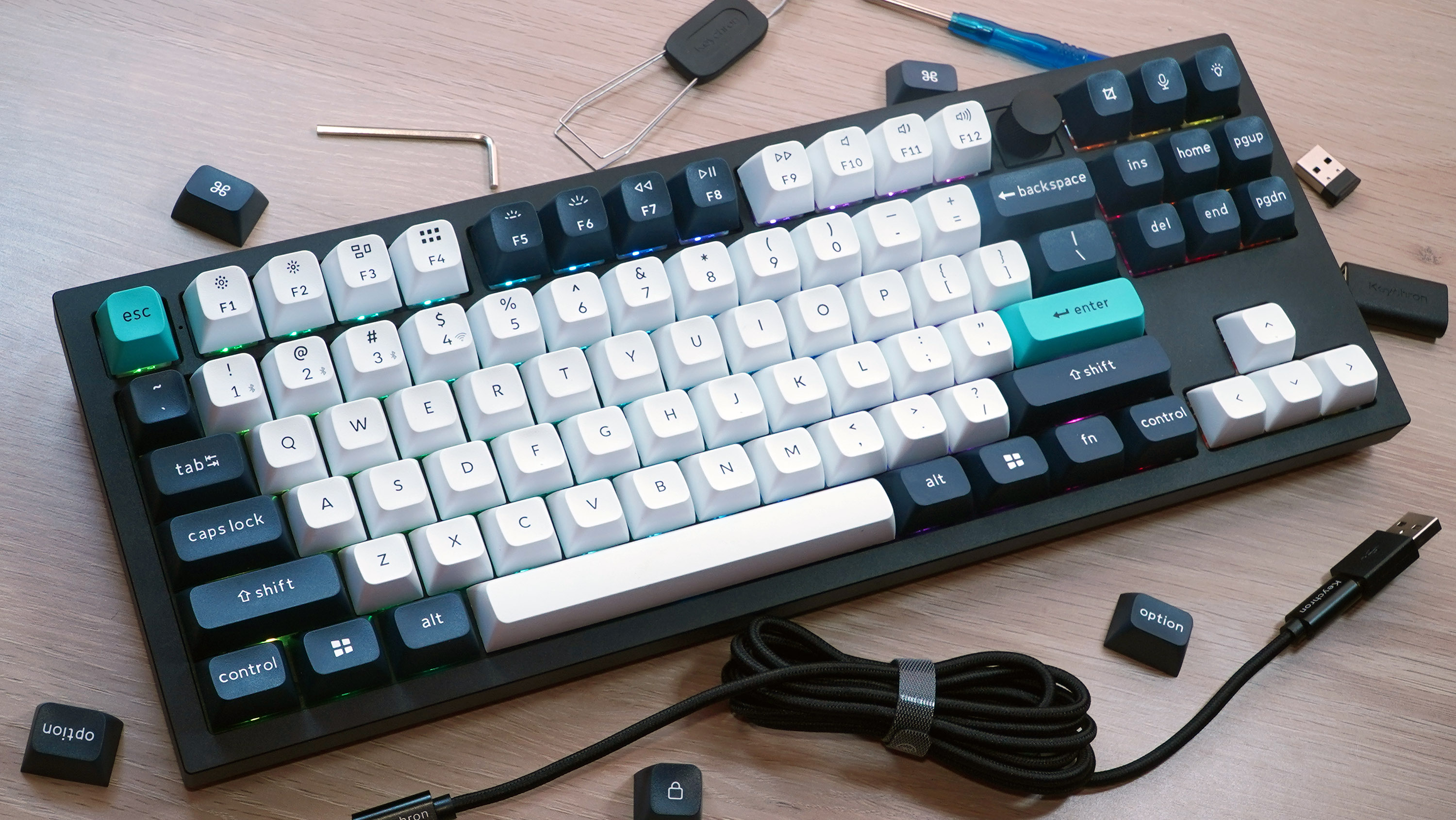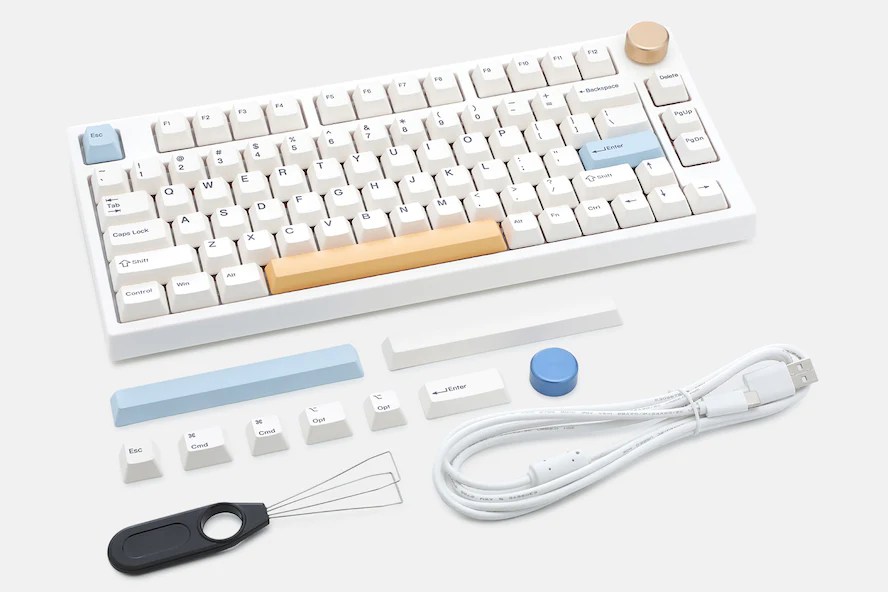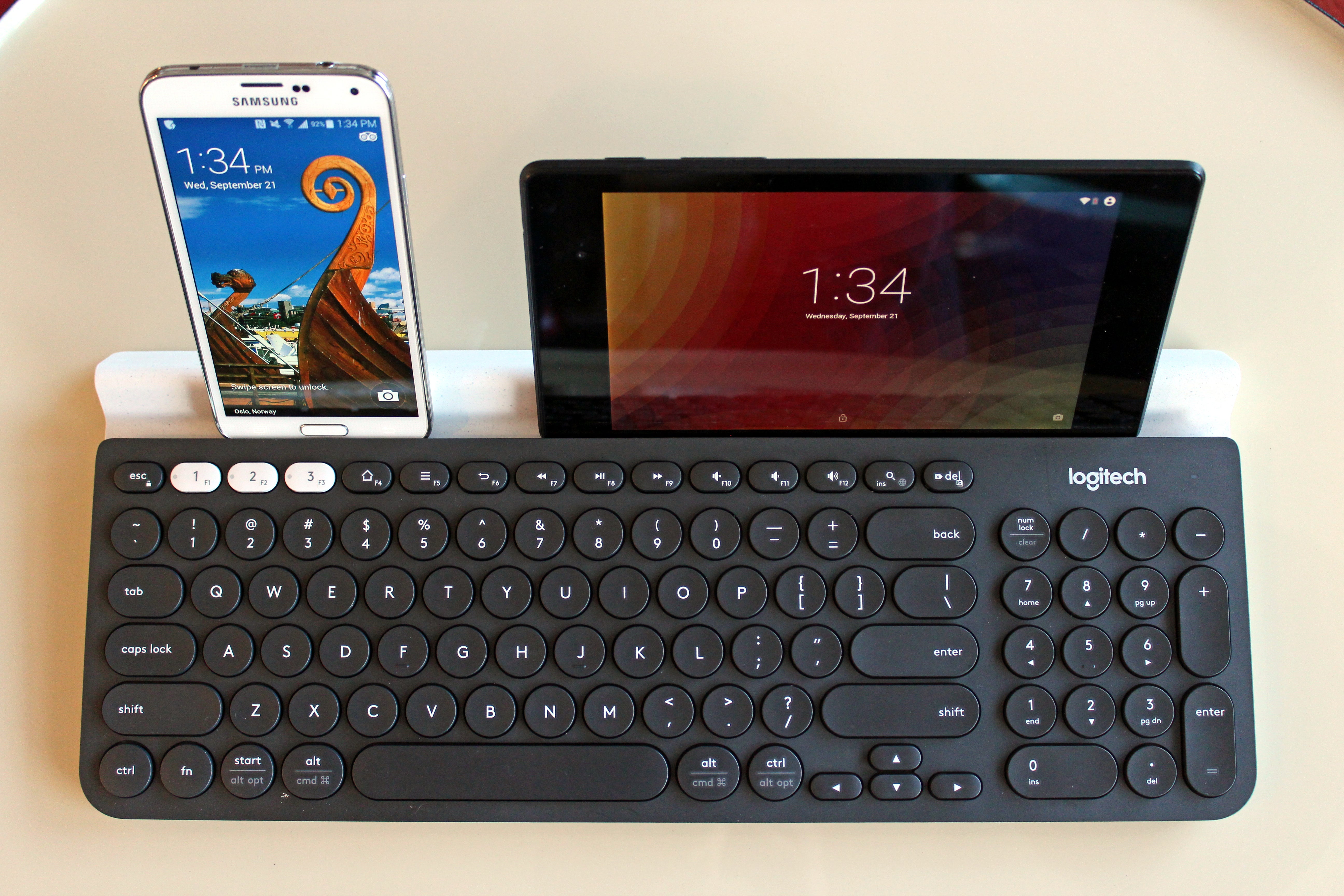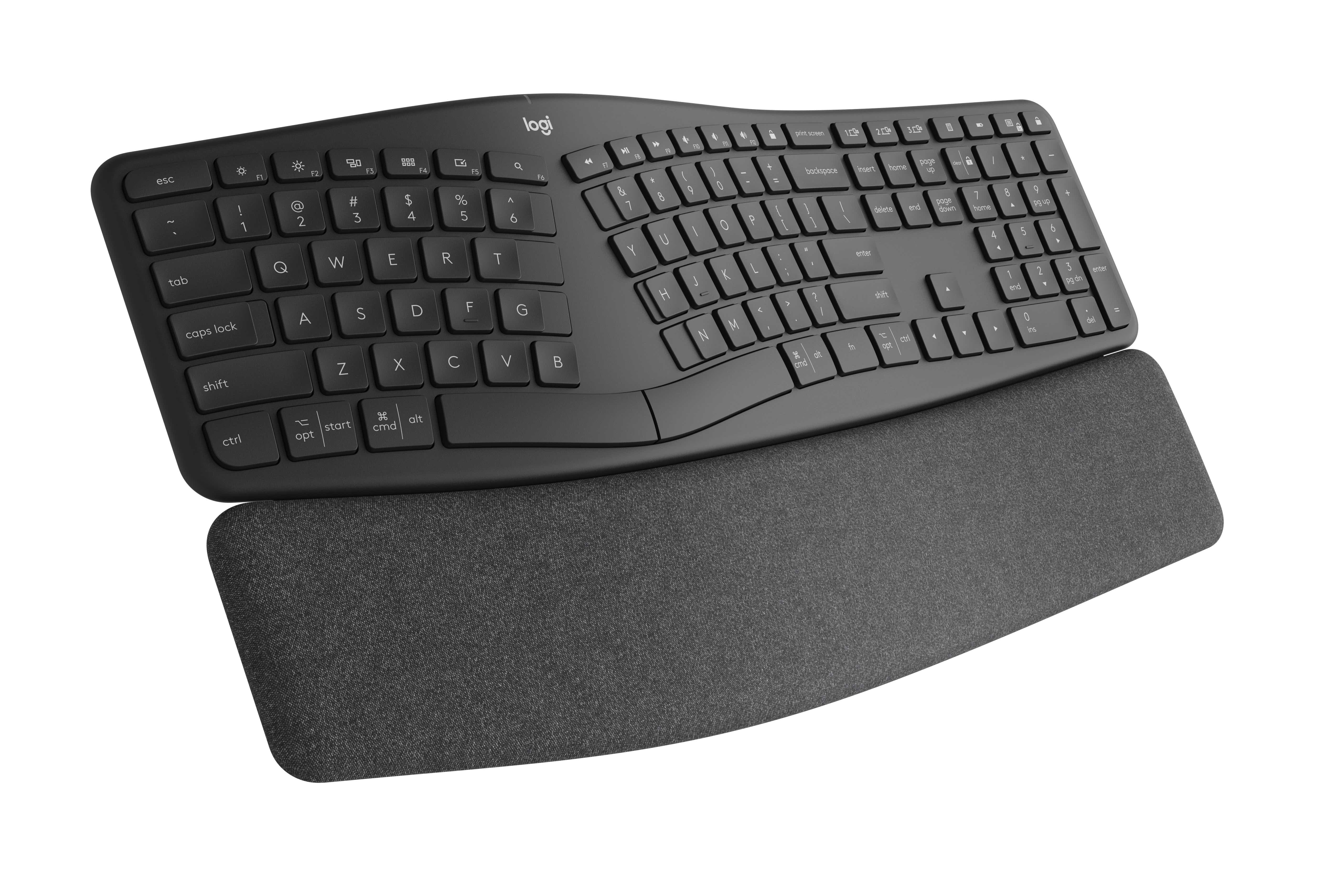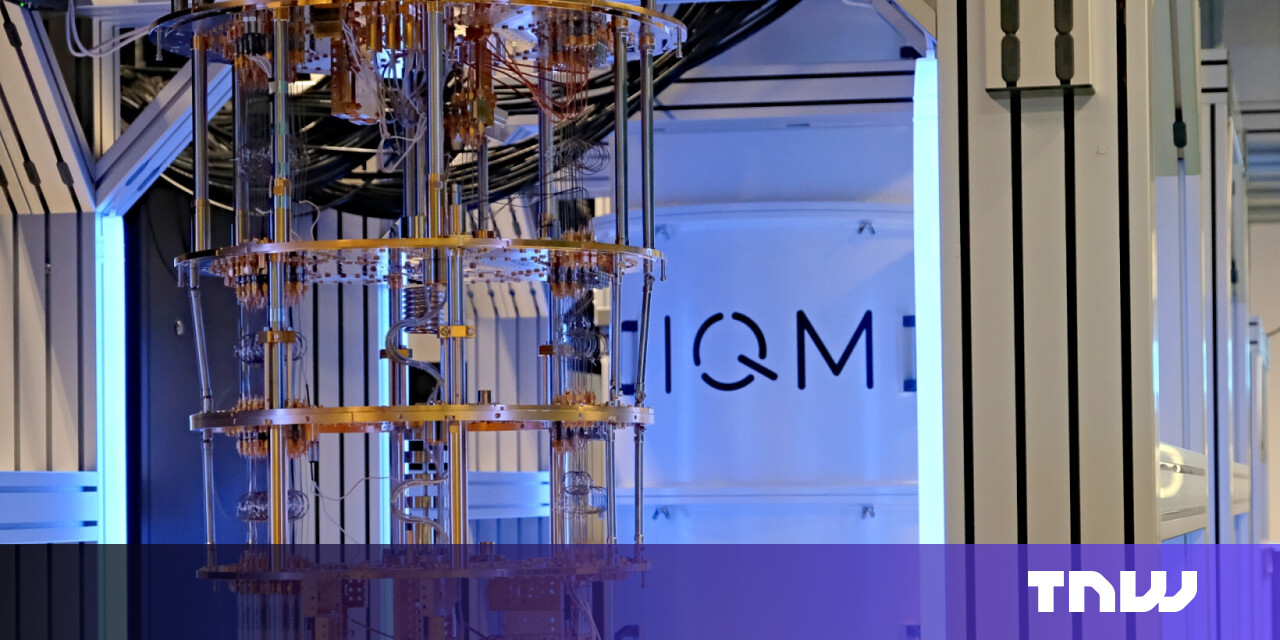Your cart is currently empty!
Table of Contents
Before tariffs get you down, brush up on the best places to buy refurbished electronics. And keep checking Mashable for our latest tariff news and explainers, from delayed Nintendo Switch 2 preorders to reports of iPhone 16 panic buying.
Do you feel a primal urge to buy the newest iPhone every year? That feeling was dangerous even when tariffs weren’t a thing. But it’s becoming a nasty habit to have with the fast-approaching May 2 reciprocal tariff deadline. President Donald Trump’s tariff policy has caused economic chaos and rising prices, and consumer tech is one of the hardest-hit industries.
Though we don’t know exactly how tariffs will affect the price of iPhones, laptops, and other gadgets, they could have wide-ranging effects. It’s likely that most of us will have to upgrade or replace a device at least once during this extra expensive time.
The 2025 guide to recycling electronics, beauty empties, and clothing
Burning “stock market today” into your Google search history and trying to shop accordingly probably isn’t a sustainable approach to saving money. Rather, flip to the most important page in the tariff survival guide: Buying refurbished.
It makes so much sense when you think about it. Tariffs and related policy changes could quickly infiltrate the tech space like cordyceps in The Last of Us. Electronic devices are composed of so many different materials, many of which are produced in countries facing new levies on imports to the U.S. So, buying a device that’s already in circulation is one surefire way to fly under the radar of these tariffs. Plus, you get bonus environmental points.
What are the advantages of buying refurbished?
FWIW, being a savvy refurbished shopper is a skill everyone should be honing, regardless of the current price hike situation. If you do it right, buying refurbished is not only an underrated money-saving hack but also a simple way to be a more sustainable consumer. Refurbishing electronics extends their lifespan by years and lowers the number of electronics leaking toxins into the ground through landfills. (This is what Julia Fox was talking about when she stepped out rocking a CD Walkman as a purse in honor of the Right to Repair movement.)
Refurbished items are naturally priced lower than brand new items, but if you’re looking for further discounts, we have a running list of refurbished tech deals, too.
Below, we’re outlining the best places to buy refurbished electronics online. We’ll compare general retailers that sell a variety of devices and brands, then dive into the refurbished programs offered by big brands like Apple and Dyson. We’ve also noted warranty and return information.
As tariffs come for apparel, learn how to sell your clothes online
Best places to buy refurbished electronics
Woot
What is Woot? This Amazon-owned daily deals retailer offers steep, short-term discounts on both brand-new and refurbished items. The unusually low prices are often joined by a timer counting down the number of hours you have left to score the item at that price. Plus, because of the Amazon connection, Prime members can get free shipping with their Woot purchases.
Woot’s inventory is as, let’s say, whimsical as the website’s name and overall vibes. The electronics selection spans from smartphones to TVs and vacuums to cameras (both security and photography), with refurbished gadgets from brands like Apple, MSI, Dyson, and JBL.
But gadgets are hardly Woot’s only specialty — the rest of the site is filled to the brim with the most random assortment of deals, from discounted fancy cookware to boxes of La Croix and weirdly cheap Hunter rain boots. It has the chaotic energy of a Target clearance section, but the items are legit.
What can you buy? Refurbished Mac Mini computers, Google Pixel phones, Amazon Fire HD tablets, plus apparel, shoes, and bedding
Back Market
Back Market is a reputable, sustainability-focused marketplace for buying refurbished devices, as well as selling and trading in old devices. The ongoing goal? To end fast tech. Like fast fashion but for electronics, Backmarket says that “fast tech thrives on disposability, pushing consumers into an endless upgrade cycle with devices designed to become obsolete within years.”
Mashable Light Speed
All refurbished devices on Back Market’s virtual shelves have gone through Back Market’s Verified Refurbished System. You can spin the interactive Verified Refurbished wheel for a more granular breakdown of how Back Market inspects items in different categories and classifies their resale condition. (For instance, Back Market phone refurbs in “excellent” condition are guaranteed to have a minimum of 80% battery health and 10% charge capacity.) Many listings also have devices available in Fair, Good, or Excellent condition at different price points — you can decide whether you want to pay $199 or upwards of $250 for a refurbished Nintendo Switch.
What can you buy? Back Market has lots of refurbished iPhones, Windows laptops, and gaming consoles
Best Buy Refurbished Electronics Outlet
Best Buy’s Refurbished Electronics Outlet features pages and pages of refurbished devices, all certified by Best Buy’s own Geek Squad tech support service. Just as Best Buy likely comes to mind when shopping for a brand-new version of a big-name device, Best Buy’s refurb variety is made up of the same heavy hitters. There are PS4s, a ton of laptops, like-new headphones, all things Apple, and even some refurbished Ray-Ban Meta glasses. Plus, Best Buy has massive sales — up to 50% off — on its outlet items all the time.
And if you’re looking to refurbish or repair something you already have rather than buy something, Geek Squad is helpful there, too. Depending on the size of the device, you can take it into a Best Buy location for in-store fixes, or have Geek Squad come to your home to diagnose large appliances.
What can you buy? Virtually anything you can buy new at Best Buy you can also find at the Best Buy Refurbished Outlet, though the selection leans toward past-generation items.
Amazon Renewed
The Amazon Renewed storefront has a large selection of its own devices like Kindles and Fire tablets, of course, but isn’t limited to just Amazon brand stuff. There’s a massive selection of renewed and unlocked smartphones, PlayStation and Switch gear, countertop kitchen appliances, robot vacuums, and just about anything else you can think of. Amazon features a wider spectrum of brands and price points in its Renewed section than Best Buy does, so this might be your first stop if you’re shopping on a budget.
What can you buy? A huge lineup of Amazon and Kindle products, as well as refurbished iPhones, Android phones, and gaming consoles.
Buying refurbished from Apple
Wondering how to buy refurbished iPhones? People are pretty concerned about what’ll happen to iPhone prices in the wake of tariffs, and understandably so. China has been saddled with a particularly stiff reciprocal tariff rate compared to other countries, and it’s estimated that 80 percent of iPhones are manufactured in China. Though Apple itself hasn’t given any official word, the effects of tariffs on iPhones seem imminent. (The story is probably similar for other Apple devices.)
You could hang onto the delusion that a Made in America iPhone will exist anytime soon and cost a normal amount of money. You should heavily consider buying a refurbished iPhone. If you’d prefer to still buy your most precious device through the brand itself, Apple’s own Certified Refurbished market is probably the most exhaustive brand-specific refurbished marketplace on the internet.
iPhone 16 vs. iPhone 15: How are they different?
Buying your renewed Apple device ensures genuine Apple parts and fully-tested functionality up to Apple’s own standards. Delivery and returns are free, and trade-in credits are possible with an eligible device. Apple doesn’t really offer direct discounts on any of its products on its website, but it does claim that going the refurbished route saves up to 15% compared to buying new.
What can you buy? There are tabs for iPhone, Mac, iPad, Watch, AirPods, Apple TV, HomePod, and accessories like the Apple Pencil.
Buying refurbished from Nintendo
The Nintendo Switch 2 is the console of the hour, and not just because a new Mario Kart is afoot. It was barely two days after the highly-awaited handheld was announced that a second announcement came: Nintendo had to pause Switch 2 pre-orders in the U.S. because of tariffs.
For many impatient folks considering buying a Switch 2, it might be worthwhile to just buy a refurbished OG Switch from Nintendo instead. This won’t be helpful to anyone who already has a perfectly fine Switch at home, or anyone who specifically wants to play new games that’ll only work on the new Switch. But say you’re simply trying to replace the broken Switch you currently have — the Nintendo Store has several refurbished systems on hand for way less than the original asking price, including OLED models. Cosmetic defects are possible, but they’ve all been restored and verified to be fully functional.
What can you buy? You won’t find the Switch 2, but you can buy the original console, the Switch OLED, extra controllers, and other accessories.
Buying refurbished from Samsung
Samsung doesn’t rely as heavily on China for the production of its smartphones as Apple does, so it’s not as affected by the aftershock of Trump’s reciprocal tariff feud with China. But Samsung’s biggest manufacturing countries (like Vietnam) are still being hit with substantial tariff rates, so it’s quite possible that Samsung products will get more expensive as a result.
Luckily, Samsung has been perfecting its reuse and recycling game for years, at least when it comes to its Galaxy phones. Samsung Certified Re-Newed Smartphones have been crafted with new batteries and are eligible for trade-in credits up to $250 when you trade in an eligible smartphone. Renewed phones as new as the 2024 Galaxy S24 Ultra are available on Samsung’s website. For other Samsung products, like Galaxy Watches or Galaxy Tablets, Back Market and Best Buy have more options.
What can you buy? Samsung’s flagship phones
Buying refurbished from Dyson
Vacuums, hair styling tools, fans — all items that you’d probably feel better about buying secondhand if you had the assurance that their filters and motors were professionally cleaned. The Dyson Renewed Outlet has a handful of refurbished options in each of those categories at any given time. All are already priced anywhere from $50 to $250 lower than the MSRP or even common sale price of the brand new versions, but Dyson often tacks extra discounts on as well. Bonus: Everything ships in brand-new recyclable packaging.
What can you buy? The Dyson Renewed Outlet is the best place to get refurbished Dyson Supersonic hair dryers, vacuums, and air purifiers




